2 July 2025

Around 40 researchers will participate in this joint initiative, which will take place at the Toralla Marine Science Station in Vigo, Spain.
LAB MATTERS
27 June 2025

On this Oceans Day, EMBL’s Science Education and Public Engagement (SEPE) Team joined forces with the German-American Institute (DAI) to bring the underwater world closer to families in Heidelberg.
LAB MATTERS
12 June 2025

Parkinson's disease, a neurodegenerative condition causing motor and non-motor symptoms like gut issues (often appearing decades early), is being investigated for its link to the gut microbiome. While previous studies have shown gut microbiome changes in Parkinson's patients, a clear consensus on…
SCIENCE & TECHNOLOGY
2025
sciencescience-technology
5 June 2025

EMBL scientists are on a quest to investigate the underlying biological processes that enable regeneration in jellyfish, which could also help us understand how wounds heal.
SCIENCE & TECHNOLOGY
19 May 2025
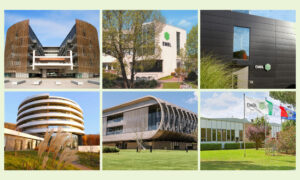
As Peer Bork and Ewan Birney take up interim leadership of EMBL, the organisation announces additional changes in site leadership.
EMBL ANNOUNCEMENTS
23 April 2025
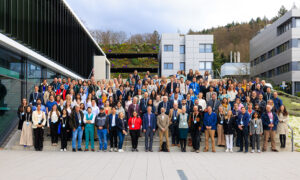
Fifth EMBL Partnership Conference brings together participants from EMBL and partner institutions to explore how AI can drive innovation in One Health. Conference participants discussed opportunities and challenges in advancing AI in life sciences and the role collaboration.
CONNECTIONS
28 March 2025

Supported by EMBL services, students Misha Hegde & Mia Maurer have identified a previously unknown bacteriophage that targets Rhizobium rhizogenes, a pathogen harming crops. Using cutting-edge imaging and DNA sequencing at EMBL Heidelberg, they are exploring its potential as a natural alternative…
SCIENCE & TECHNOLOGY
24 March 2025
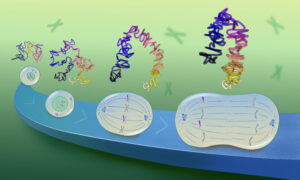
EMBL scientists have shown how overlapping loops of DNA stack upon each other in dividing cells to give rise to rod-shaped chromosomes.
SCIENCE & TECHNOLOGY
20 March 2025
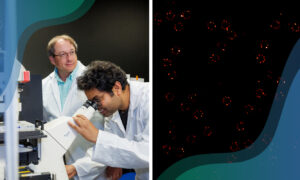
Texas A&M University researchers work with experts from EMBL Imaging Centre to uncover how molecules navigate the nuclear pore complex.
SCIENCE & TECHNOLOGY
20 February 2025
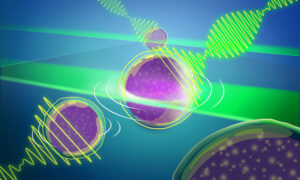
Another EMBL-engineered advance to Brillouin microscopy has significantly widened the aperture to provide quick 3D imaging in real time of light-sensitive samples.
SCIENCE & TECHNOLOGY
13 February 2025
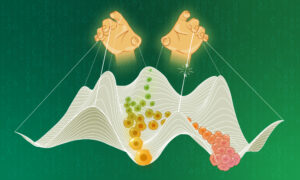
Scientists at EMBL and DKFZ have discovered how cells in the liver maintain their identity and avoid becoming tumour cells.
SCIENCE & TECHNOLOGY
10 January 2025
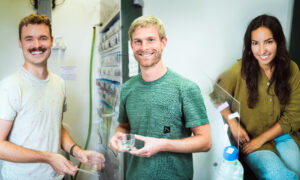
The Arendt Group at EMBL Heidelberg focuses on mechanisms of evolution, studying Platynereis dumerilli – evolutionarily ancient marine worms found broadly along European coasts.
SCIENCE & TECHNOLOGY
18 December 2024
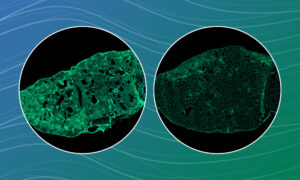
EMBL scientists discovered that dextromethorphan, an FDA-approved active ingredient in cough syrups, has potential to treat fibrotic lung disease by containing collagen and other pro-fibrotic molecules capable of forming scars inside the cells.
SCIENCE & TECHNOLOGY
17 December 2024
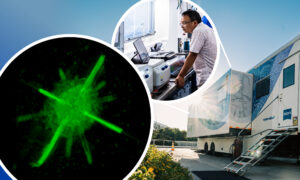
The Prevedel group at EMBL Heidelberg developed a mobile microscope: miniature in scale, fast in sample imaging, and giant in resolution.
SCIENCE & TECHNOLOGY
16 December 2024
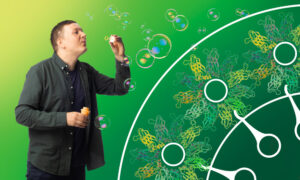
Veijo Salo, postdoc at EMBL Heidelberg, talks about seipin, the cell’s molecular ‘bubble blower’.
PEOPLE & PERSPECTIVES
9 December 2024
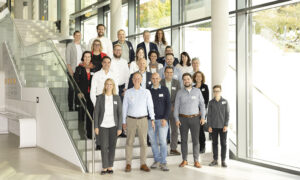
EMBL hosted a Science Day with Evonik, bringing together 16 industry experts and EMBL scientists to explore collaborative research opportunities.
CONNECTIONS
4 December 2024
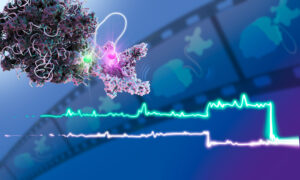
With a novel approach, EMBL scientists discovered important interactions between molecular machines, potentially offering new opportunities for drug development.
SCIENCE & TECHNOLOGY
29 November 2024
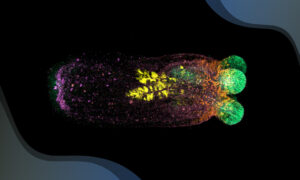
Scientists have shown how regenerating sea anemones restore their shape following a major injury, uncovering novel cellular and molecular mechanisms.
SCIENCE & TECHNOLOGY
15 November 2024
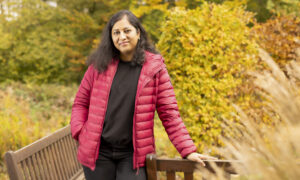
Yuvarani Masarapu, a junior bioinformatician and doctoral student at SciLifeLab in Stockholm, spent a week with EMBL collaborators, finding solutions to research challenges and expanding her scientific perspective.
CONNECTIONS
13 November 2024
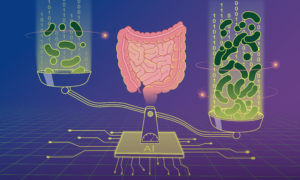
Scientists have developed a new machine-learning model to predict microbial load — the density of microbes in our guts — and used it to demonstrate how microbial load plays an important role in disease-microbiome associations.
SCIENCE & TECHNOLOGY
30 October 2024
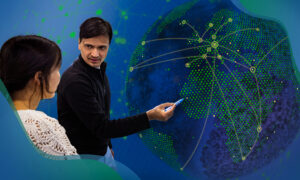
EMBL’s Scientific Visitor Programme enables high-level scientific exchange and cross-fertilisation of ideas and technologies through sabbatical fellowships for researchers.
CONNECTIONS
21 October 2024
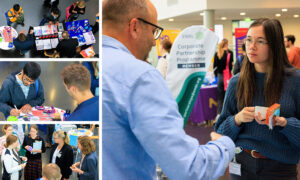
EMBL’s first Industry Day offered EMBL scientists a unique opportunity to network with several leading life science companies.
CONNECTIONS
10 October 2024

A hands-on workshop offered an excellent opportunity for scientists to connect with children with whom they share a common language.
LAB MATTERS
10 October 2024
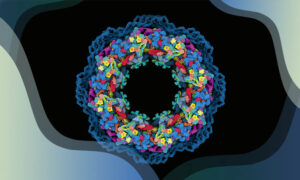
The function of biological molecules is intimately linked to their structure. In the 50 years since EMBL was established, its researchers and engineers have constantly provided leadership in structural biology research and services, resulting in many scientific breakthroughs and novel insights.
SCIENCE & TECHNOLOGY
9 October 2024

Creators of AI system AlphaFold receive 2024 Nobel Prize for Chemistry.
SCIENCE & TECHNOLOGY
2024
sciencescience-technology
8 October 2024
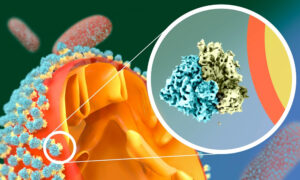
Scientists at EMBL Heidelberg and University of Virginia revealed a new cellular response to starvation: ribosomes attach to the mitochondrial outer membrane in a very unusual way, via their small subunit. The finding made in yeast might provide insights into how cancer cells survive the harsh…
SCIENCE & TECHNOLOGY
24 September 2024
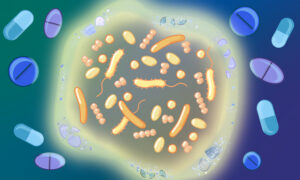
EMBL Heidelberg researchers compared the effect of drugs on isolated bacteria versus those growing in communities. This is the first study showing that bacteria are more resilient when in community due to cross-protection strategies. This could help researchers design more efficient therapies.
SCIENCE & TECHNOLOGY
18 September 2024
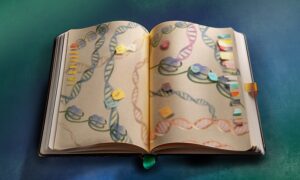
Researchers have identified key cellular control sites that regulate gene expression and prevent the activation of ancient viral sequences in the genome.
SCIENCE & TECHNOLOGY
11 September 2024
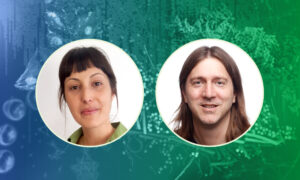
Julia Mahamid and Nassos Typas reflect on the direction of the Molecular Systems Biology Unit they now lead at EMBL Heidelberg.
PEOPLE & PERSPECTIVES
10 September 2024
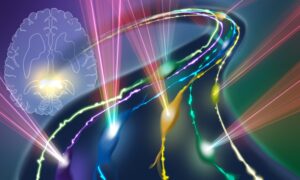
An AI-enhanced advanced microscopy approach offers promise in better understanding glioblastomas, one of the deadliest brain cancers.
SCIENCE & TECHNOLOGY
5 September 2024
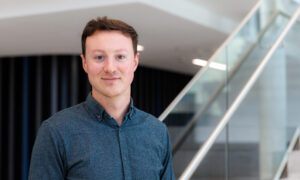
PROMETHEUS is an EMBL-born grassroots initiative to promote and optimise impact-driven science.
PEOPLE & PERSPECTIVES
27 August 2024
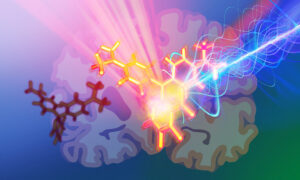
EMBL scientists applied molecular engineering to build photoacoustic probes to label and visualise neurons deep within brain tissue.
SCIENCE & TECHNOLOGY
21 August 2024

EMBL Heidelberg researchers discovered how a protein switches between repelling and gluing chromosomes during cell division. This helps the mother cell to divide the genome equally into two daughter cells and cluster chromosomes inside the daughter nuclei, ensuring a successful cell division.
SCIENCE & TECHNOLOGY
14 August 2024
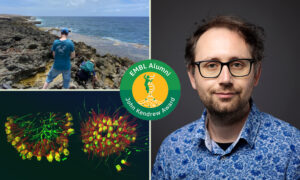
EMBL alumnus Thibaut Brunet, recipient of the 2024 John Kendrew Young Scientist Award, shares his scientific journey – from a childhood passion for nature to the discovery of a new species of choanoflagellate.
PEOPLE & PERSPECTIVES
8 August 2024

EMBL-Stanford Life Science Alliance fellow Jana Helsen shares how she balanced her life between two laboratories and countries, her latest research paper, and her passion for cover art.
PEOPLE & PERSPECTIVES
9 July 2024
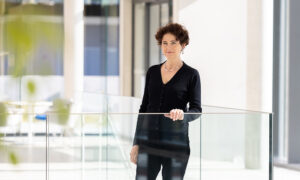
Professor Edith Heard will succeed Sir Paul Nurse at the London-based institute in the summer of 2025
EMBL ANNOUNCEMENTS
4 July 2024
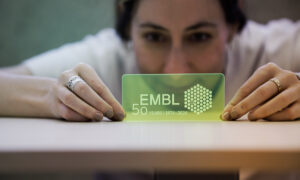
What makes EMBL unique? Among many things, it’s the infinite curiosity of its community.
LAB MATTERS
22 May 2024
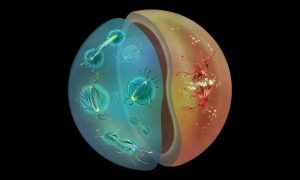
New research by EMBL scientists shows how different modes of cell division used by animals and fungi might have evolved to support diverse life cycles.
SCIENCE & TECHNOLOGY
22 April 2024

BIOcean5D is an EMBL-coordinated project co-funded by the European Union that unites 31 institutes to address pressing global challenges on marine biodiversity.
LAB MATTERS
11 March 2024

New research from EMBL Heidelberg shows how cells in developing embryos undergo a major shift in the way they regulate gene expression as they mature and differentiate.
SCIENCE & TECHNOLOGY
2024
sciencescience-technology
1 February 2024

Renato Alves talks about his time at EMBL, the Bio-IT project, his wishes for EMBL in its anniversary year, and how a passion for night hikes and stargazing led to the creation of EMBL’s astronomy club.
LAB MATTERSPEOPLE & PERSPECTIVES
2024
lab-matterspeople-perspectives
25 January 2024
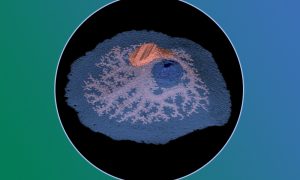
Sponges lack muscles and neurons. Yet, they make coordinated movements. Scientists at EMBL Heidelberg have discovered that sponge movement is controlled by an ancient ‘relaxant-inflammatory’ response that is also present in vertebrate blood vessels. The findings shed light on sponge physiology…
SCIENCE & TECHNOLOGY
2024
sciencescience-technology
14 December 2023
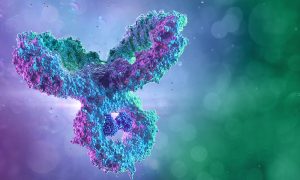
Former EMBL staff scientist founds a start-up – DenovAI – for broader, faster and cheaper antibody discovery using advanced machine learning and computational biophysics.
SCIENCE & TECHNOLOGY
2023
sciencescience-technology
24 November 2023
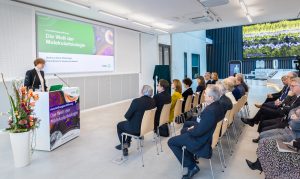
Representatives from politics, research and the philanthropist community joined the Minister's visit to EMBL exhibition “The World of Molecular Biology” in Heidelberg and welcomed the dialogue between science and society initiated by the exhibition.
CONNECTIONSLAB MATTERS
2023
connectionslab-matters
23 November 2023

Alba Diz-Muñoz and Arnaud Krebs from EMBL Heidelberg have received grants to work on projects that aim, respectively, to understand the cellular mechanics that control cell division and investigate the regulatory networks that govern transcription factor function.
EMBL ANNOUNCEMENTSLAB MATTERS
2023
embl-announcementslab-matters
22 November 2023
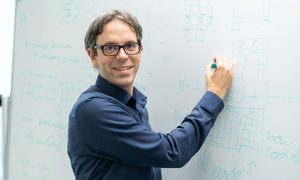
EMBL scientist Oliver Stegle explains how AI-based tools have the potential to transform our ability to better understand the complexity of life and how these tools will shape the future of life science exploration.
LAB MATTERSPEOPLE & PERSPECTIVES
2023
lab-matterspeople-perspectives
15 November 2023
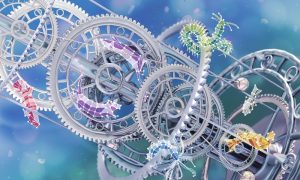
EMBL developmental biologists – with help from other disciplines – pursue the significance of time, timing, and transitions in organisms during their development
EMBLetc
31 October 2023

Ian Smith, Chair of EMBL Australia´s Council, chats about the synergies between the organisations, opportunities for collaboration, and ideas for exciting new programmes arising out of a recent visit to EMBL Heidelberg.
CONNECTIONSLAB MATTERS
2023
connectionslab-matters
27 October 2023

EMBL researchers have created an engineered uterus that allows a closer look at a mouse embryo’s development and its interactions with the uterine environment.
SCIENCE & TECHNOLOGY
2023
picture-of-the-weeksciencescience-technology
26 October 2023

Jan Kosinski, Julia Mahamid, and Georg Zeller have received grants to enable ambitious projects aimed at mapping the cellular protein synthesis machinery in context and understanding complex host-microbiome interactions, respectively.
EMBL ANNOUNCEMENTS
2023
embl-announcementsscience
23 October 2023
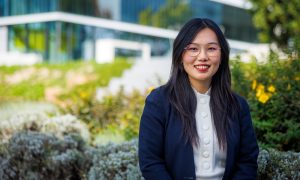
Victoria Yan, Open Science & Research Information Specialist, talks about the importance of open science, the challenges she has faced in her career, and what she enjoys about working at EMBL
LAB MATTERSPEOPLE & PERSPECTIVES
2023
lab-matterspeople-perspectives
6 October 2023

Zuzana Koskova is a PhD student from Slovakia who, at the age of 19, left her country to pursue her career in biological sciences in Germany. In this interview, she talks about her interests, career aspirations, and recent participation at the Info Day held in Bratislava, where she had the…
LAB MATTERSPEOPLE & PERSPECTIVES
2023
lab-matterspeople-perspectives
13 September 2023
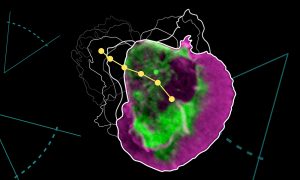
EMBL researchers have identified a novel mechanism that allows cells to sense obstacles in their path and avoid them while navigating complex environments.
SCIENCE & TECHNOLOGY
2023
sciencescience-technology
5 September 2023

Jordi van Gestel and Maria Zimmermann-Kogadeeva each receive 1.5 million EUR funding for research projects on microbial predators and the gut microbiome respectively
EMBL ANNOUNCEMENTSLAB MATTERS
2023
embl-announcementslab-matters
31 August 2023

For a fruit fly embryo to develop correctly, key factors need to get to the right place at the right time – a journey that starts in the developing egg, as seen in this image from the Ephrussi Group at EMBL Heidelberg
SCIENCE & TECHNOLOGY
2023
picture-of-the-weeksciencescience-technology
29 August 2023
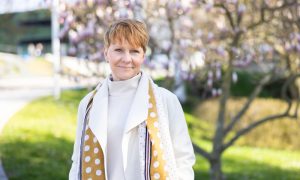
Therese Welander talks about her inspiration, and supporting science by solving problems and overcoming challenges.
LAB MATTERSPEOPLE & PERSPECTIVES
2023
lab-matterspeople-perspectives
24 July 2023
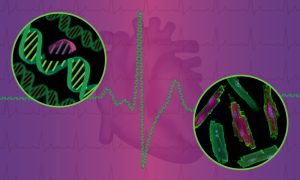
EMBL researchers have made new strides into understanding and reversing genetic defects that underlie familial heart disease.
SCIENCE & TECHNOLOGY
2023
sciencescience-technology
21 July 2023

Research from the Eustermann group at EMBL Heidelberg reveals how the packaging of DNA into hexasomes impacts the function of enzymes involved in gene regulation.
SCIENCE & TECHNOLOGY
2023
sciencescience-technology
14 July 2023
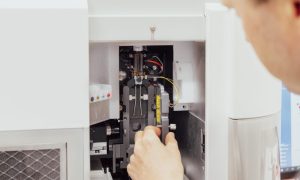
EMBL researchers use a new cell sorting technology to gain new insights into cellular function in health and disease, as well as for other innovative applications.
SCIENCE & TECHNOLOGY
2023
sciencescience-technology
4 July 2023

Three EMBL group leaders and six EMBL alumni were recognised for their contributions to the life sciences.
LAB MATTERSPEOPLE & PERSPECTIVES
2023
lab-matterspeople-perspectives
3 July 2023
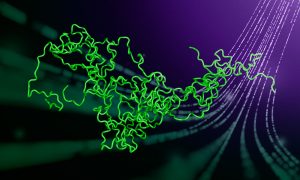
A third of all known proteins are either completely or partially unstructured. EMBL scientists contributed to a new set of guidelines – Minimum Information About a Disorder Experiment (MIADE) – that will help researchers share data on unstructured proteins in a more useful way and will enable…
SCIENCE & TECHNOLOGY
2023
sciencescience-technology
2 June 2023
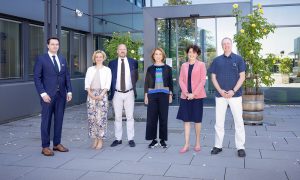
During a visit to the Heidelberg EMBL campus, Minister Petra Olschowski learned about EMBL´s current research programme, its scientific operations and local collaborations, and explored its Imaging Centre and World of Molecular Biology exhibition.
CONNECTIONS
31 May 2023
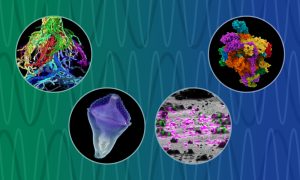
EMBL researchers and collaborators have begun an impactful innovation-development journey, thanks to a European Commission ‘IMAGINE’ grant.
CONNECTIONSLAB MATTERS
2023
connectionslab-matters
26 May 2023

European Commission and EMBL renew commitment, agree on new areas of cooperation, in new EC DG’s first infrastructure visit since appointment.
CONNECTIONSLAB MATTERS
2023
connectionslab-matters
15 May 2023
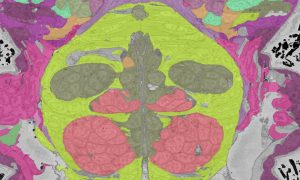
EMBL researchers are pushing the frontiers of big data analysis in biological imaging, allowing scientists to gain a many-layered and multidimensional view of organisms, tissues, and cells in action.
EMBLetc
11 May 2023
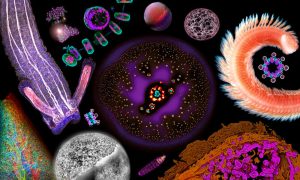
EMBL´s new permanent exhibition ‘The World of Molecular Biology’ in Heidelberg is now open for registration. The exhibition takes the visitor on a journey of scales, from genomes to ecosystems, and introduces key imaging technologies.
EMBL ANNOUNCEMENTSLAB MATTERS
2023
embl-announcementslab-matters
4 April 2023
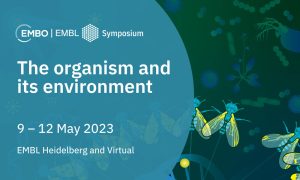
Upcoming EMBO/EMBL symposium provides a forum to explore how organisms function together, and how they react or adapt to changes at different molecular levels.
SCIENCE & TECHNOLOGY
2023
eventsscience-technology
3 April 2023
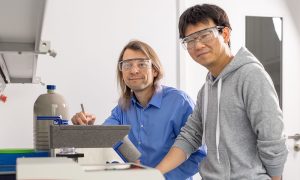
Home to some of Europe’s most cutting-edge tools in molecular biology, EMBL has long shared its expertise and access to these tools through an extensive repertoire of courses, conferences, seminars, and other training. And now included in this mix is a job shadowing programme at EMBL Imaging…
LAB MATTERSSCIENCE & TECHNOLOGY
2023
lab-mattersscience-technology
30 March 2023
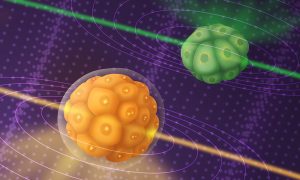
A new microscope built by EMBL researchers, based on Brillouin scattering principles, allows scientists to observe the dynamics of mechanical properties inside developing embryos in real time.
LAB MATTERSSCIENCE & TECHNOLOGY
2023
lab-matterssciencescience-technology
29 March 2023
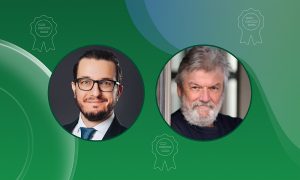
Two former EMBL scientists have been recognised for their outstanding contributions to the fields of science communication and multiple sequence alignment research, respectively.
21 March 2023
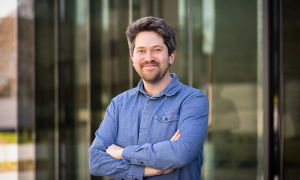
New group leader Thomas Quail studies the fundamental processes that determine how proteins organise the genome inside a cell.
LAB MATTERSPEOPLE & PERSPECTIVES
2023
lab-matterspeople-perspectives
23 February 2023

Researchers in the Prevedel Group use photoacoustic spectroscopy setup to test and optimise probes before their usage in mouse neuroscience.
LAB MATTERSSCIENCE & TECHNOLOGY
2023
lab-matterspicture-of-the-weekscience-technology
8 February 2023
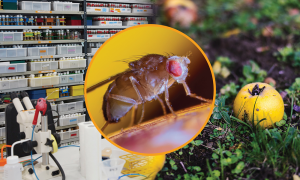
EMBL researchers are stepping outside the lab and thinking outside the box to understand the basic principles that underlie the development and evolution of organismal characteristics.
2 February 2023

New artificial intelligence tool adds speed and detailed cellular information to analysis of cryo-electron tomography to aid researchers’ understanding of inner cell workings.
25 January 2023

EMBL hosts inaugural meeting for major interdisciplinary project designed to boost understanding of ocean life
CONNECTIONSLAB MATTERS
2023
connectionslab-matters
21 December 2022
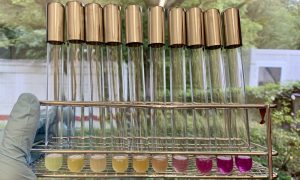
To identify which drugs disrupt bacterial envelope integrity, the Typas group uses a molecule called chlorophenyl red-β-D-galactopyranoside.
LAB MATTERSSCIENCE & TECHNOLOGY
2022
lab-matterspicture-of-the-weekscience-technology
8 December 2022
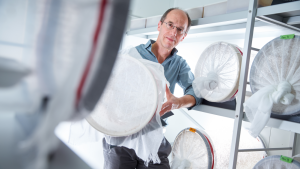
EMBL alumnus and eminent molecular biologist Peter B. Becker has been named the next chair of EMBL’s Council as of January 2023.
EMBL ANNOUNCEMENTSLAB MATTERS
2022
embl-announcementslab-matters
22 November 2022
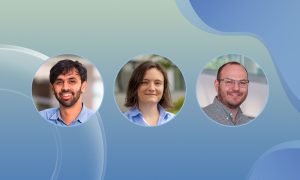
Three EMBL scientists received this year’s ERC Starting Grants, and will be awarded €1.5 million over five years to carry out research projects.
EMBL ANNOUNCEMENTSLAB MATTERS
2022
embl-announcementslab-matters
13 October 2022
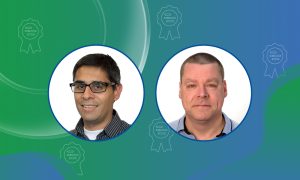
The Royal Microscopical Society awarded Ardan Patwardhan and Wim Hagen with Scientific Achievement Award
EMBL ANNOUNCEMENTSLAB MATTERS
2022
embl-announcementslab-matters
12 October 2022
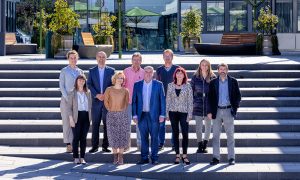
Visit of delegation from the Ruđer Bošković Institute to EMBL Heidelberg marks a new chapter in scientific and institutional cooperation
CONNECTIONS
10 October 2022
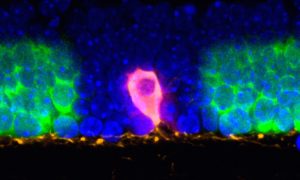
Researchers have combined advanced light microscopy with next-generation sequencing to create a method to study cells directly in the context of their native tissues
7 October 2022

Leading scientific research facilities launch the Health + Life Science Alliance Heidelberg Mannheim. The research alliance aims to build the Rhine-Neckar region into an internationally leading biomedical-technological cluster focusing on life sciences, the health economy, and medical technology.
CONNECTIONS
7 October 2022

EMBL's Partnership Conference highlights the value of its networks, bringing researchers together to build new scientific connections.
CONNECTIONS
26 September 2022
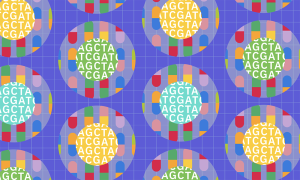
Researchers have come up with a way to test the efficacy of hundreds of anticancer drug combinations – simultaneously, rapidly, and accurately.
SCIENCE & TECHNOLOGY
2022
sciencescience-technology
16 September 2022
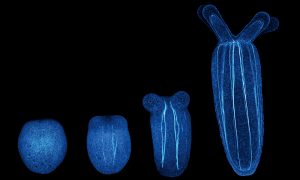
The latest research from EMBL’s Ikmi group employs interdisciplinary approaches to show how sea anemone ‘exercise’ changes their developing size and shape, uncovering an intimate relationship between behaviour and body development
SCIENCE & TECHNOLOGY
2022
sciencescience-technology
15 September 2022
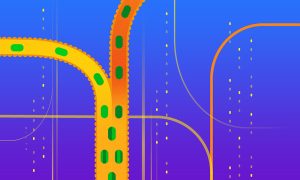
EMBL researchers used data from over 300 human faecal microbiota transplants to gain an ecological understanding of what happens when two gut microbiomes clash.
SCIENCE & TECHNOLOGY
2022
sciencescience-technology
6 September 2022
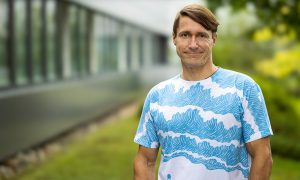
A new grant will provide a way for fundamental metabolomic research to realise its commercial potential and promise in aiding drug development and precision medicine.
LAB MATTERSSCIENCE & TECHNOLOGY
2022
lab-mattersscience-technology
31 August 2022
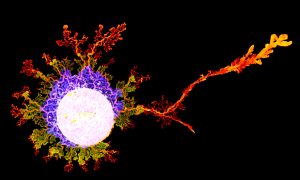
Physarum polycephalum, a single, giant cell containing tens of thousands of nuclei is large enough to be photographed with a phone.
SCIENCE & TECHNOLOGY
2022
picture-of-the-weekscience-technology
24 August 2022
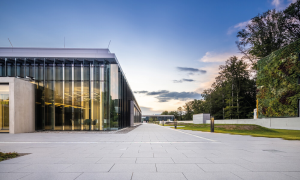
EMBL’s imaging centre makes advanced microscopy technologies accessible to the international scientific community.
LAB MATTERS
2022
lab-matterspicture-of-the-week
9 August 2022

The EMBL Lautenschläger summer school, held 4–15 Jul 2022, introduced students from a range of scientific backgrounds to interdisciplinary life science research.
LAB MATTERS
4 August 2022
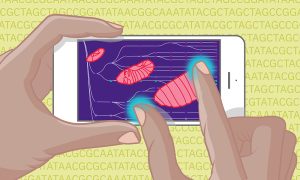
EMBL and UW researchers plus additional collaborators have constructed a complete map of fruit fly embryonic development using machine learning. This research is foundational to better understanding overall embryo development in other species, including humans.
SCIENCE & TECHNOLOGY
2022
sciencescience-technology
6 July 2022
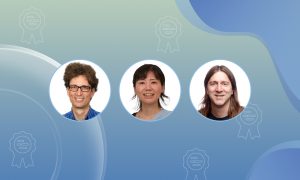
Cornelius Gross, Miki Ebisuya and Nassos Typas join EMBO, the prestigious organisation for the life sciences.
EMBL ANNOUNCEMENTSLAB MATTERS
2022
embl-announcementslab-matters
5 July 2022
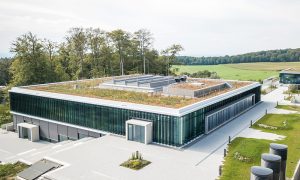
Creating a cutting-edge facility for the global life science community doesn't happen overnight. We spoke to some of those who worked to turn this dream into a reality.
CONNECTIONS
1 July 2022
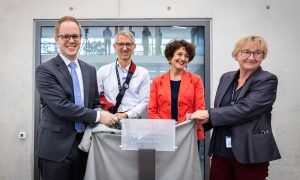
Representatives from politics, industry and academia attended the inauguration ceremony at EMBL Heidelberg
EMBL ANNOUNCEMENTS
2022
embl-announcementsevents
15 June 2022
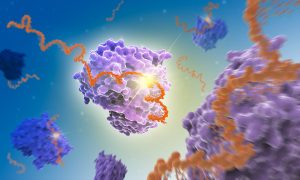
EMBL research with Enolase 1 (ENO1) points to a possible new way to understand RNA’s leading role in how cells develop.
SCIENCE & TECHNOLOGY
2022
sciencescience-technology
10 June 2022

Scientists have solved several mysteries around the structure and function of a true molecular giant: the human nuclear pore complex. They created the most complete model of the complex thanks to combining the program AlphaFold2 with cryo-electron tomography, integrative modelling, molecular…
SCIENCE & TECHNOLOGY
2022
sciencescience-technology
8 June 2022
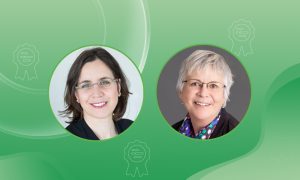
Two former EMBL staff members have been recognised for their outstanding contributions to research in the fields of brain evolution and cancer.
EMBL ANNOUNCEMENTS
2022
alumniembl-announcements
19 May 2022
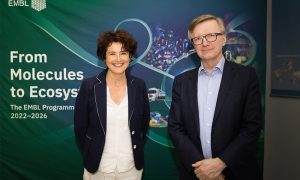
Joint workshop brings researchers together on site and virtually to discuss broad range of planetary biology topics.
CONNECTIONS
10 May 2022
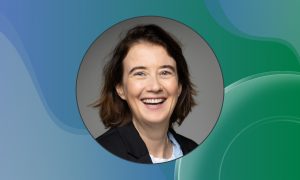
EMBL’s Head of Genome Biology announced as Fellow of the Royal Society for her exceptional contributions to science.
EMBL ANNOUNCEMENTSLAB MATTERS
2022
embl-announcementslab-matters
6 May 2022
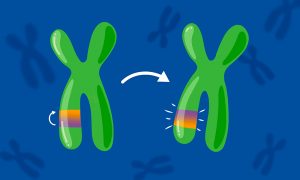
Researchers at EMBL Heidelberg found that inversions in the human genome are more common than previously thought, which impacts our understanding of certain genetic diseases.
SCIENCE & TECHNOLOGY
2022
sciencescience-technology
5 May 2022

EMBL’s first Imaging Centre Symposium will occur onsite at EMBL and include tours of the new Imaging Centre on 31 May, introducing participants to the facility and its staff and featuring talks on the rapid developments in imaging technologies that have led to notable biological and medical…
EMBL ANNOUNCEMENTS
2022
embl-announcementsevents
4 May 2022
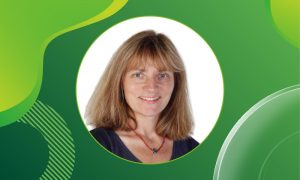
The honour recognises distinguished and continuing achievements in original research.
EMBL ANNOUNCEMENTSLAB MATTERS
2022
embl-announcementslab-matters
6 April 2022

EMBL Heidelberg’s Matthias Hentze receives the Biochemical Society’s Centenary Award for his discoveries in RNA biology.
EMBL ANNOUNCEMENTSLAB MATTERS
2022
embl-announcementslab-matters
23 March 2022
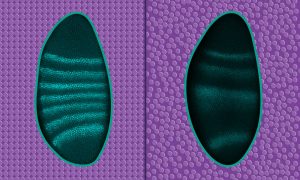
Condensates are membraneless organelles that control specific functions within a cell. Scientists at EMBL Heidelberg have shown how the physical state of condensates can influence biological function.
SCIENCE & TECHNOLOGY
2022
sciencescience-technology
20 March 2022
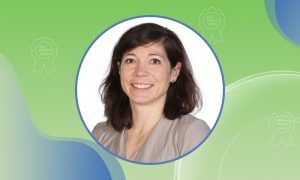
Judith Zaugg, Group Leader at EMBL Heidelberg, has been awarded an ERC Consolidator Grant of €2 million funded under the European Union’s Horizon Europe research and innovation programme. Over the next five years, the grant will enable her group to study cellular interactions in the human bone…
EMBL ANNOUNCEMENTSLAB MATTERS
2022
embl-announcementslab-matters
9 March 2022

A molecular signature of 27 microorganisms in stool defines the high-risk population for the most common pancreatic cancer and could be used for early detection of the disease.
SCIENCE & TECHNOLOGY
2022
sciencescience-technology
4 March 2022

A recent study by EMBL researchers proposes a new method to grow early embryos in the laboratory. With a 3D culture set-up, scientists can closely monitor the changes embryos undergo around the time of implantation.
SCIENCE & TECHNOLOGY
2022
sciencescience-technology
2 March 2022
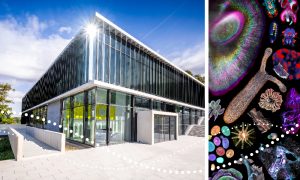
The new permanent ‘The World of Molecular Biology’ exhibition will open in mid-2023 at EMBL’s headquarters in Heidelberg. It will encourage people to actively engage with science and its relevance for everyday life.
EMBL ANNOUNCEMENTSLAB MATTERS
2022
embl-announcementslab-matters
25 February 2022

Researchers from the Furlong group at EMBL have come up with a way to observe the development of fruit-fly embryos simultaneously at the genetic and cellular levels, generating a high-resolution and integrated view of how different cell lineages form.
SCIENCE & TECHNOLOGY
2022
sciencescience-technology
23 February 2022
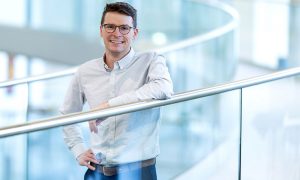
Michael Dorrity, one of EMBL’s newest group leaders, is studying how the environment influences early life stages in zebrafish.
LAB MATTERSPEOPLE & PERSPECTIVES
2022
lab-matterspeople-perspectives
7 February 2022
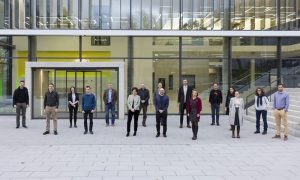
DeepMind visits EMBL Heidelberg to discuss current and future implications of Artificial Intelligence for life science research.
SCIENCE & TECHNOLOGY
2022
sciencescience-technology
24 January 2022
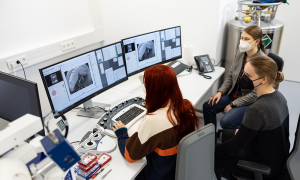
The new EMBL Imaging Centre held its first on-site training workshop, introducing undergraduate students to the basics of volume electron microscopy. This marks the first of many opportunities to aid capacity-building in imaging techniques in Europe.
LAB MATTERS
21 January 2022
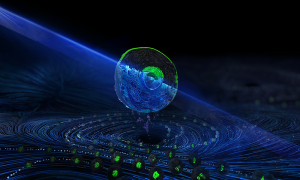
EMBL researchers, in collaboration with BD Biosciences, have demonstrated a new technology that allows rapid image-based sorting of cells. The new technology represents a major upgrade to flow cytometry and has applications in diverse life science fields.
SCIENCE & TECHNOLOGY
2022
sciencescience-technology
21 December 2021

EMBL Hamburg’s Kosinski Group, the Beck Laboratory at the Max Planck Institute of Biophysics, and colleagues at EMBL Heidelberg recorded the nuclear pore complex contracting in living cells. They visualised the movement with an unprecedented level of detail with help of new software called…
SCIENCE & TECHNOLOGY
2021
sciencescience-technology
15 December 2021
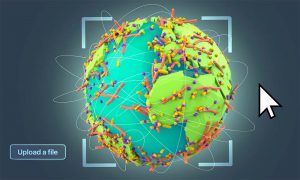
Bork Group at EMBL Heidelberg analysed a new global gene database to study how genes emerge and spread across various habitats on our planet. In the future, the group will expand the database and use it for studying microbial gene evolution and dispersal at a finer-grained scale.
SCIENCE & TECHNOLOGY
2021
sciencescience-technology
9 December 2021
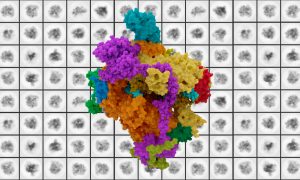
New structural biology research provides fundamental information critical to understanding enzyme mutations connected to rare diseases and cancers.
SCIENCE & TECHNOLOGY
2021
sciencescience-technology
9 December 2021
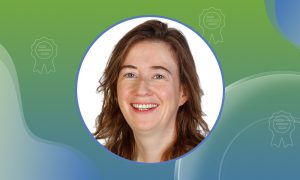
EMBL Senior Scientist and Head of the Genome Biology Unit is among the researchers honoured for outstanding work by the German Research Foundation (Deutsche Forschungsgemeinschaft, DFG).
EMBL ANNOUNCEMENTSLAB MATTERS
2021
embl-announcementslab-matters
8 December 2021
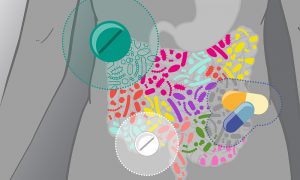
Researchers studying a massive cohort of European patients have found that commonly prescribed drugs for cardiometabolic disorders can have long-term effects on the gut microbiome. Such effects can complicate the understanding of how disease affects the microbiome and must be taken into…
SCIENCE & TECHNOLOGY
2021
sciencescience-technology
3 December 2021
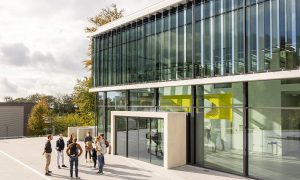
The new EMBL Imaging Centre has announced its first open user call, and new project evaluation process and training opportunities.
EMBL ANNOUNCEMENTSLAB MATTERS
2021
embl-announcementslab-matters
5 November 2021
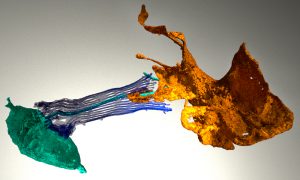
What can sponges tell us about the evolution of the brain? Sponges have the genes involved in neuronal function in higher animals. But if sponges don’t have brains, what is the role of these? EMBL scientists imaged the sponge digestive chamber to find out.
SCIENCE & TECHNOLOGY
2021
sciencescience-technology
28 October 2021

Svetlana Dodonova is one of EMBL's newest group leaders, leading a team of researchers who will study how genetic material is organised inside cells using structural biology approaches.
LAB MATTERSPEOPLE & PERSPECTIVES
2021
lab-matterspeople-perspectives
22 October 2021
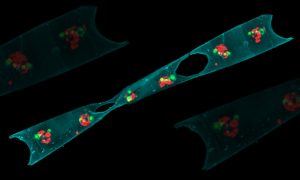
A technology around since the ‘60s, flow cytometry has increasing applications. New leadership at EMBL’s flow cytometry facilities is looking to ease use, expand training, and encourage more collaboration.
LAB MATTERSSCIENCE & TECHNOLOGY
2021
lab-mattersscience-technology
13 October 2021
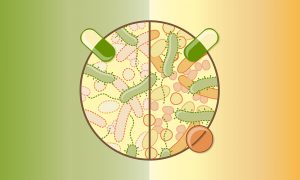
Researchers from EMBL’s Typas group and collaborators have analysed the effects of 144 antibiotics on the wellbeing of gut microbes. The study improves our understanding of antibiotics’ side effects and suggests a new approach to mitigating the adverse effects of antibiotics therapy on gut…
SCIENCE & TECHNOLOGY
2021
sciencescience-technology
12 October 2021

If researchers can identify specifically when good cells go bad, they can potentially understand disease better.
SCIENCE & TECHNOLOGY
2021
sciencescience-technology
5 October 2021
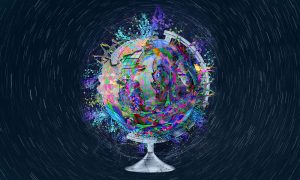
EMBL scientists and colleagues have developed an interactive atlas of the entire marine worm Platynereis dumerilii in its larval stage. The PlatyBrowser resource combines high-resolution gene expression data with volume electron microscopy images.
SCIENCE & TECHNOLOGY
2021
sciencescience-technology
29 September 2021

In the lab, Diënty Hazenbrink works with microbes that live in our guts. In her free time, she enjoys wildlife photography. A shared set of skills facilitates both activities.
LAB MATTERSPEOPLE & PERSPECTIVES
2021
lab-matterspeople-perspectives
28 September 2021

EMBL and Hungarian research institutes will collaborate to address urgent biological and environmental challenges.
CONNECTIONSLAB MATTERS
2021
connectionslab-matters
9 September 2021
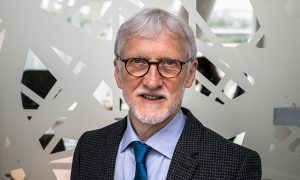
Former EMBL Director General Professor Iain Mattaj was awarded the German Cross of Merit (‘Verdienstkreuz 1. Klasse des Verdienstordens der Bundesrepublik Deutschland’) at a ceremony held at EMBL Heidelberg on 9 September 2021.
EMBL ANNOUNCEMENTS
2021
alumniembl-announcements
8 September 2021
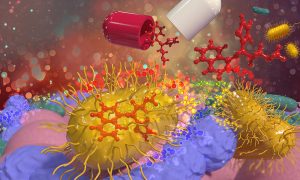
A new collaborative study led by EMBL group leaders Kiran Patil, Nassos Typas, and Peer Bork has found that common medications accumulate in human gut bacteria. This process reduces drug effectiveness and affects the metabolism of common gut microbes, thereby altering the gut microbiome.
SCIENCE & TECHNOLOGY
2021
sciencescience-technology
30 August 2021
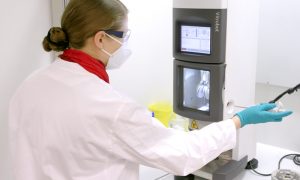
Giulia Zanetti from the Institute of Structural and Molecular Biology (ISMB) in London explains how the collaboration with the Cryo-Electron Microscopy Service Platform enabled her group to reveal the structure of protein transport complexes.
LAB MATTERSSCIENCE & TECHNOLOGY
2021
lab-mattersscience-technology
30 July 2021

Distinctions recognise Peer’s development and sharing of bioinformatics tools as well as his significant contributions to bioinformatics research, education, and services.
LAB MATTERSPEOPLE & PERSPECTIVES
2021
lab-matterspeople-perspectives
20 July 2021
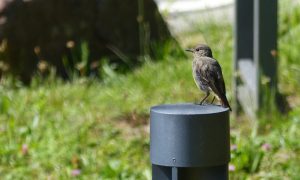
Mehdi Khadraoui, a former member of the EMBL Communications team, took this close-up of a black redstart.
LAB MATTERS
13 July 2021
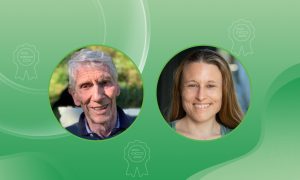
EMBL alumni Ilaria Piazza and Ken Holmes have been recognised for their outstanding contributions, and will receive their awards as part of the celebrations for EMBL World Alumni Day.
PEOPLE & PERSPECTIVES
2021
alumnipeople-perspectives
12 July 2021
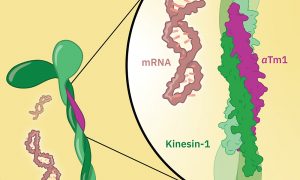
EMBL scientists generate a high-resolution crystal structure of the Kinesin-1/aTm1 transport complex in the fruit fly.
SCIENCE & TECHNOLOGY
2021
sciencescience-technology
7 July 2021

Research in the Typas group uncovers new details of the strategies Salmonella uses to survive in infected cells.
SCIENCE & TECHNOLOGY
2021
sciencescience-technology
6 July 2021
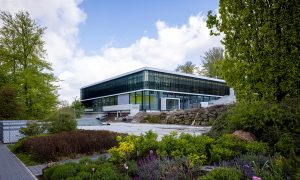
The EMBL Imaging Centre is preparing for external user access, after an on-time and on-budget build and handover to the science team.
CONNECTIONSLAB MATTERS
2021
connectionslab-matters
2 July 2021

Dr Alexander Aulehla has been appointed the new Head of EMBL’s Developmental Biology Unit, and will take up the role starting in July 2021.
EMBL ANNOUNCEMENTSLAB MATTERS
2021
embl-announcementslab-matters
23 June 2021
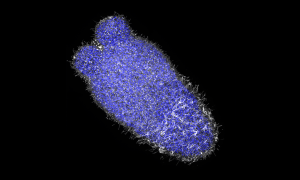
EMBL PhD student Anniek Stokkermans captured this side view of a Nematostella vectensis larva during this transition, using instrumentation in the Advanced Light Microscopy Facility at EMBL Heidelberg.
SCIENCE & TECHNOLOGY
2021
picture-of-the-weekscience-technology
22 June 2021
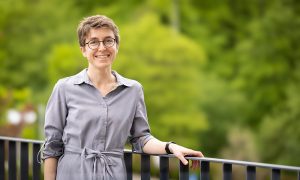
Anna Erzberger, one of EMBL’s newest group leaders, will provide unique perspective as a theoretical biological physicist.
LAB MATTERSPEOPLE & PERSPECTIVES
2021
lab-matterspeople-perspectives
16 June 2021
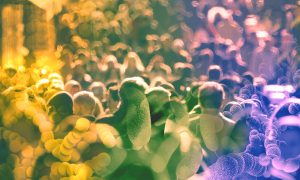
Researchers investigate how external factors can influence the persistence of microbe species in the human gut
SCIENCE & TECHNOLOGY
2021
sciencescience-technology
15 June 2021

As perfect as a summer night sky, these nuclear pores help calibrate a customised super-resolution microscope in EMBL’s Ries group.
SCIENCE & TECHNOLOGY
2021
picture-of-the-weekscience-technology
8 June 2021
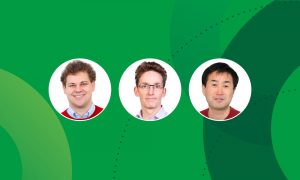
John Marioni, Alex Bateman, and Takashi Hiiragi have been elected to EMBO Membership.
EMBL ANNOUNCEMENTSLAB MATTERS
2021
embl-announcementslab-matters
8 June 2021

EMBL is conducting an Impact Assessment of our experimental services to understand the value these services have for our external user community. If you have accessed EMBL experimental services at one or more of our facilities to support the conduct of your research, we would like to hear from you.
LAB MATTERS
5 June 2021
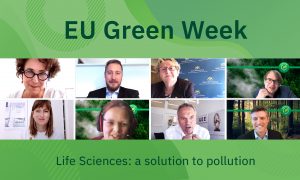
EMBL’s EU Green Week event showcased various ways molecular biology research can help solve environmental challenges.
LAB MATTERS
4 June 2021
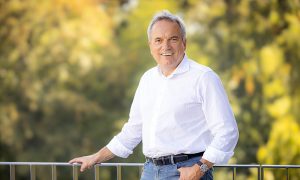
EMBL Director Matthias Hentze describes the Environmental Research Initiative: a community effort to solve global environmental challenges.
LAB MATTERSPEOPLE & PERSPECTIVES
2021
lab-matterspeople-perspectives
1 June 2021

Captured by EMBL postdoc Arina Rybina, these ‘nuclear twins’ are two daughter nuclei straight after division of a HeLa cell.
SCIENCE & TECHNOLOGY
2021
picture-of-the-weekscience-technology
27 April 2021
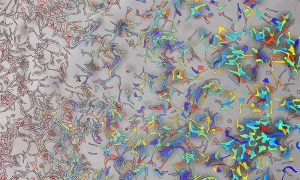
A page from a biologist’s colouring book? EMBL’s new interior wall design? Not quite – a bunch of liver cells, grown in the lab so that scientists can learn about fatty liver disease, or steatosis.
SCIENCE & TECHNOLOGY
2021
picture-of-the-weekscience-technology
20 April 2021

What does coronavirus’s spike protein look like in 3D? EMBL scientists and colleagues used cryo-electron tomography and molecular dynamics simulations to find out.
SCIENCE & TECHNOLOGY
2021
picture-of-the-weekscience-technology
13 April 2021

Throwback to June 2014: While EMBL Heidelberg’s main entrance is still in the dark, the well-known EMBL logo is already lit by the morning sun.
LAB MATTERS
2021
lab-matterspicture-of-the-week
4 March 2021
Scientists in the Stegle group and colleagues have studied induced pluripotent stem cells from around 1,000 donors to identify correlations between individual genetic variants and altered gene expression. They linked more than 4,000 of the genetic variants responsible for altered expression…
SCIENCE & TECHNOLOGY
2021
sciencescience-technology
2 March 2021
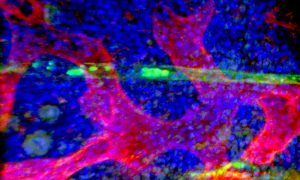
A new method has the potential to boost international research efforts to find drugs that eradicate cancer at its source.
SCIENCE & TECHNOLOGY
2021
sciencescience-technology
16 February 2021
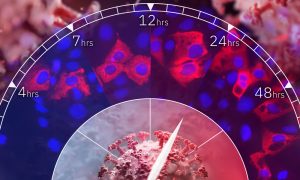
A team of EMBL scientists and colleagues have analysed how the novel coronavirus affects proteins in human cells. They identified several human proteins as potential drug targets to prevent viral replication.
SCIENCE & TECHNOLOGY
2021
sciencescience-technology
9 February 2021
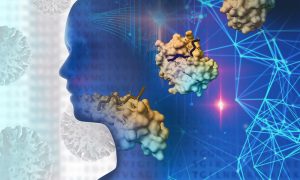
Researchers at EMBL Heidelberg have identified sequences in human proteins that might be used by SARS-CoV-2 to infect cells. They have discovered that the virus might hijack certain cellular processes, and they discuss potentially relevant drugs for treating COVID-19.
SCIENCE & TECHNOLOGY
2021
sciencescience-technology
18 January 2021
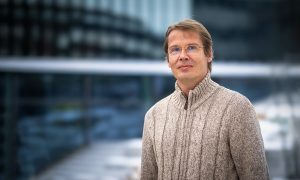
The EMBL Imaging Centre is scheduled to open in 2021 with Timo Zimmermann as Team Leader for advanced light microscopy technology development and service provision.
LAB MATTERSPEOPLE & PERSPECTIVES
2021
lab-matterspeople-perspectives
15 January 2021
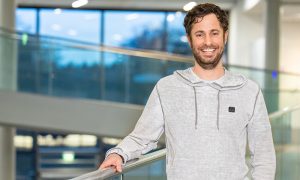
One of EMBL’s newest group leaders, Olivier Duss, will explore how RNA folds into functional structures and how it works with proteins to control a diverse range of activities in the cell.
LAB MATTERSPEOPLE & PERSPECTIVES
2021
lab-matterspeople-perspectives
12 January 2021
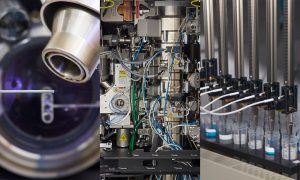
EMBL’s sites in Grenoble, Hamburg, and Heidelberg form the newest Instruct Centre. The new centre offers users access to a broad range of state-of-the-art facilities.
CONNECTIONSLAB MATTERS
2021
connectionslab-matters
18 December 2020
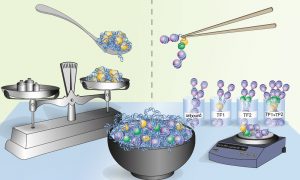
Gene activation requires the cooperative activity of multiple transcription factors. Until now, the mechanism used by these factors to coordinate their actions has been poorly understood. EMBL’s Krebs group presents a DNA footprinting method that makes it possible to determine whether…
SCIENCE & TECHNOLOGY
2020
sciencescience-technology
17 December 2020

December has seen the start of a new chapter in the collaboration that has for years marked the relationship between the European Commission (EC) and EMBL.
CONNECTIONS
9 December 2020

A new paper from EMBL’s Savitski team and Typas group describes their work on E. coli and how it brings a greater understanding of the way genes function and interact.
SCIENCE & TECHNOLOGY
2020
sciencescience-technology
8 December 2020
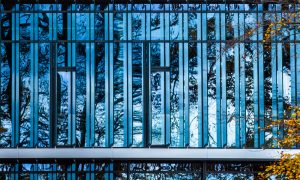
With the external scaffolding removed, another step in the construction of the EMBL Imaging Centre is complete. Now we get a first glimpse of the final look of this stunning building.
LAB MATTERS
2020
lab-matterspicture-of-the-week
2 December 2020
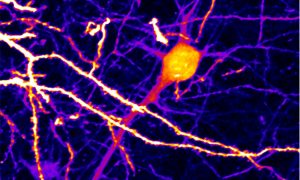
The Chan Zuckerberg Initiative has recognised four EMBL researchers with their most recent awards, showing how tech trailblazers are integral to advancing science and medicine.
EMBL ANNOUNCEMENTSLAB MATTERS
2020
embl-announcementslab-matters
17 November 2020

Despite the cold autumn weather, workers are busy on the rooftop of the parking garage at EMBL Heidelberg. The 2176 m² rooftop is getting transformed into a combination of a green roof and a photovoltaic plant. The planted green roof will retain rainwater, while the solar panels – installed in…
LAB MATTERS
2020
lab-matterspicture-of-the-week
3 November 2020
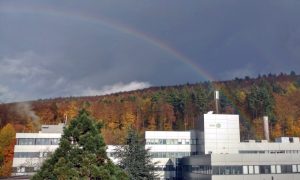
On autumn days without Heidelberg’s characteristic fog, the woods present themself in beautiful colours. You may even capture a rainbow.
SCIENCE & TECHNOLOGY
2020
picture-of-the-weekscience-technology
22 October 2020

EMBL’s Rupert Lück is engaged in developing the European Open Science Cloud (EOSC): the infrastructure that will support the future of data sharing and analysis in Europe.
CONNECTIONSLAB MATTERS
2020
connectionslab-matters
3 September 2020
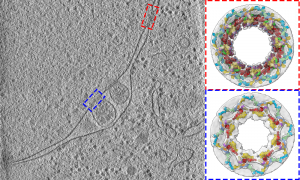
Scientists from the Beck group have studied the 3D structure of nuclear pores in budding yeast. They show how the architecture of the nuclear pore complex differs inside cells compared to its form observed in vitro studies.
SCIENCE & TECHNOLOGY
2020
sciencescience-technology
2 September 2020
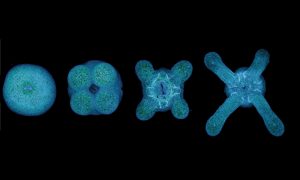
An international group of researchers, led by scientists from EMBL Heidelberg, have discovered that the number of tentacle arms a sea anemone grows depends on the amount of food it eats.
SCIENCE & TECHNOLOGY
2020
sciencescience-technology
24 August 2020
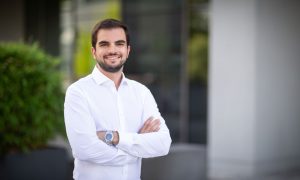
The new team leader offering services in electron microscopy discusses his hopes and plans for the forthcoming EMBL Imaging Centre
LAB MATTERSPEOPLE & PERSPECTIVES
2020
lab-matterspeople-perspectives
19 August 2020

Discoveries at EMBL will help researchers to interpret one of the most common types of experiments in genomics and medical studies.
SCIENCE & TECHNOLOGY
2020
sciencescience-technology
21 July 2020
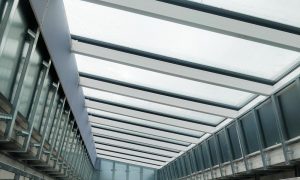
The image shows one of the four rows of roof lights above the atrium, which is the main public space of the Imaging Centre.
SCIENCE & TECHNOLOGY
2020
picture-of-the-weekscience-technology
8 July 2020
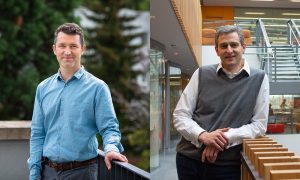
This year, EMBO elected 63 new members, including Alexander Aulehla, Group Leader and Senior Scientist at EMBL Heidelberg, and Paul Flicek, Associate Director of EMBL-EBI Services, Senior Scientist, Group and Team Leader at EMBL-EBI.
EMBL ANNOUNCEMENTSLAB MATTERS
2020
embl-announcementslab-matters
3 July 2020

Scientists at EMBL Heidelberg have investigated stem cells and how they differentiate to become neurons. Their approach included an assessment of the complex interplay of molecules during the differentiation process and generated fundamental new insights into the role of a protein called Sox2 in…
SCIENCE & TECHNOLOGY
2020
sciencescience-technology
30 June 2020
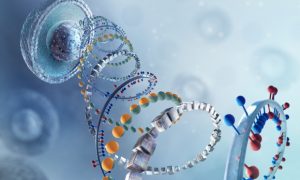
A national consortium including EMBL and the DKFZ is set to launch the German Human Genome–Phenome Archive, creating an invaluable bridge between fundamental biomedical research and applied healthcare.
CONNECTIONSLAB MATTERS
2020
connectionslab-matters
30 June 2020

Local beekeeper Jörg Staffel has set up three bee colonies on the grass slope in front of the ATC building.
LAB MATTERS
2020
lab-matterspicture-of-the-week
16 June 2020
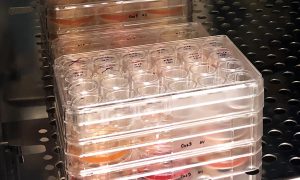
Scientists at EMBL and Heidelberg University Hospital are studying how the novel coronavirus behaves in the gut to try to better understand its epidemiology and prevent its spread. To do this, they are combining advanced imaging and sequencing technologies to study coronavirus in human intestinal…
SCIENCE & TECHNOLOGY
2020
sciencescience-technology
15 June 2020
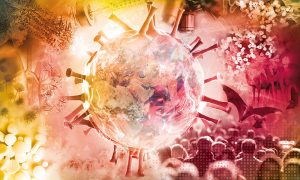
The emergence of previously unknown pathogens, such as the novel coronavirus SARS-CoV-2, raises many questions. To explore these questions in an international scientific forum, EMBL will host the virtual conference ‘SARS-CoV-2: Towards a New Era in Infection Research’ on 3 July. Invited…
EMBL ANNOUNCEMENTS
2020
embl-announcementsevents
8 June 2020
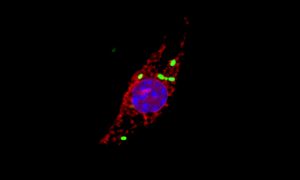
Scientists including members of EMBL’s Typas group have investigated how immune cells called macrophages respond to infection by the intracellular pathogen Salmonella enterica. They discovered that Salmonella causes newly produced cathepsins to accumulate in the nuclei of infected cells to…
SCIENCE & TECHNOLOGY
2020
sciencescience-technology
1 June 2020
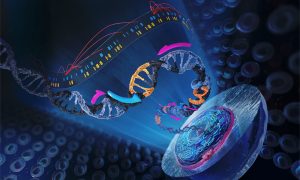
Scientists at EMBL Heidelberg have developed a new method, called Targeted Perturb-seq (TAP-seq), which increases the scale and precision of functional genomics CRISPR–Cas9 screens by orders of magnitude. Their method overcomes limitations in previous applications of single-cell RNA sequencing,…
SCIENCE & TECHNOLOGY
2020
sciencescience-technology
22 May 2020
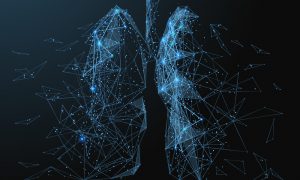
Researchers in EMBL’s Zaugg group have studied the causes of pulmonary arterial hypertension (PAH), a rare disease that causes high blood pressure in the arteries of the lungs. The study, carried out in collaboration with Stanford University School of Medicine, compared lung cells of patients…
SCIENCE & TECHNOLOGY
2020
sciencescience-technology
19 May 2020
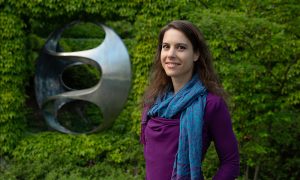
The nervous system has fascinated Georgia Rapti ever since her first introduction to biology. Her research group in the Developmental Biology unit will focus on understanding the early biological events involved in the nervous system’s formation.
LAB MATTERSPEOPLE & PERSPECTIVES
2020
lab-matterspeople-perspectives
23 April 2020
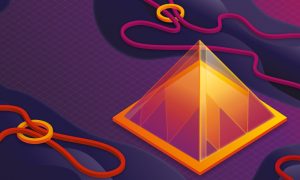
The virtual EMBO | EMBL symposium ‘The Four-Dimensional Genome’ brought together 470 participants. Here, Jürgen Deka, Head of External Scientific Training, discusses how he and his team overcame the organisational challenges.
LAB MATTERS
9 April 2020
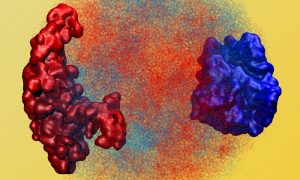
EMBL researchers in the Heard group at EMBL Heidelberg explore the interaction between DNA organisation and gene expression in the early embryo
SCIENCE & TECHNOLOGY
2020
sciencescience-technology
1 April 2020
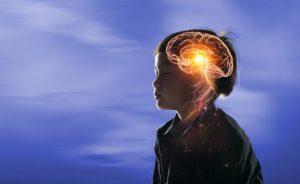
The causes of 40 percent of all cases of certain medulloblastoma – dangerous brain tumours affecting children – are hereditary. These are the findings of a recent genetic analysis carried out by scientists from EMBL and numerous colleagues around the world.
SCIENCE & TECHNOLOGY
2020
sciencescience-technology
24 March 2020

The iconic ATC – celebrating its 10 year anniversary this year – reflects the blue sky, the clouds and the rays of the Sun.
LAB MATTERS
2020
lab-matterspicture-of-the-week
11 March 2020

How Joana Moscoso bridges the gap between science and society
LAB MATTERS
26 February 2020
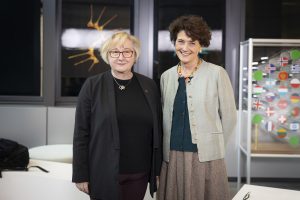
Theresia Bauer and EMBL discuss organisational developments and future strategies
CONNECTIONSLAB MATTERS
2020
connectionslab-matters
25 February 2020

Annual Reception celebrates EMBL’s achievements in 2019 and explores its way ahead
LAB MATTERS
20 February 2020

EMBL’s new Science and Society Manager shares her plans for fostering multidisciplinary dialogue
LAB MATTERSPEOPLE & PERSPECTIVES
2020
lab-matterspeople-perspectives
19 February 2020

New group leader at EMBL Heidelberg employs synthetic chemistry to develop novel tools for biology
PEOPLE & PERSPECTIVES
2020
people-perspectivesscience
10 February 2020
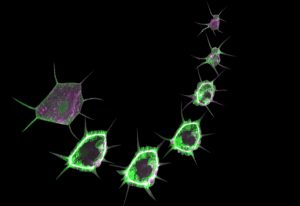
This technique provides a simple but effective way to study the functions of organs in living animals
SCIENCE & TECHNOLOGY
2020
sciencescience-technology
6 February 2020
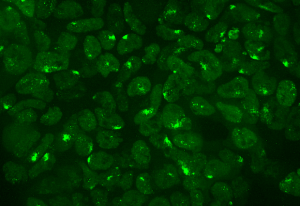
Scientists provide important new insights into the molecular basis of X-inactivation
SCIENCE & TECHNOLOGY
2020
sciencescience-technology
5 February 2020

EMBL co-leads most comprehensive study of genetic causes of cancer
SCIENCE & TECHNOLOGY
2020
sciencescience-technology
5 February 2020
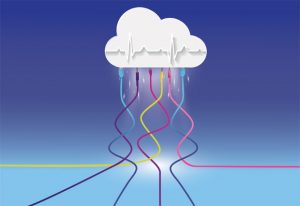
Scientists from EMBL present a tool for large-scale analysis of genomic data with cloud computing. Main advantages of the new tool, called Butler, are continuous system monitoring and its ability to self-heal in case of failure, allowing for 43% more efficient data processing than previous…
SCIENCE & TECHNOLOGY
2020
sciencescience-technology
5 February 2020

Analysis of whole cancer genomes gives key insights into the role of the non-coding genome in cancer
SCIENCE & TECHNOLOGY
2020
sciencescience-technology
5 February 2020

Using the data from the Pan-Cancer project EMBL scientists describe how our genetic background influences cancer development.
SCIENCE & TECHNOLOGY
2020
sciencescience-technology
28 January 2020
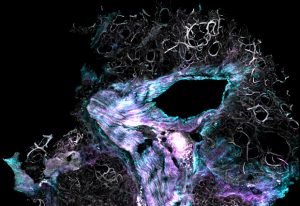
Muzamil Majid Khan, a postdoc in the Pepperkok team at EMBL Heidelberg, studied the piece of tissue visible in this image.
SCIENCE & TECHNOLOGY
2020
picture-of-the-weekscience-technology
24 January 2020
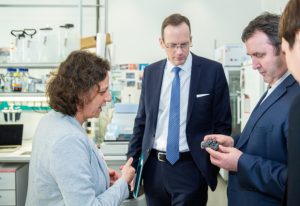
László Palkovics, Hungarian Minister for Innovation and Technology, visited EMBL Heidelberg
CONNECTIONS
24 January 2020
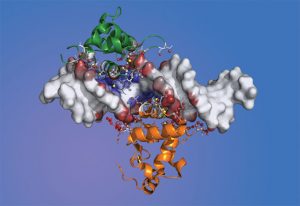
EMBL researchers have developed a method to observe interactions between transcription factors
SCIENCE & TECHNOLOGY
2020
sciencescience-technology
23 December 2019

Researchers have developed a cheaper and faster method to check for genetic differences in individual cells
SCIENCE & TECHNOLOGY
2019
sciencescience-technology
20 December 2019
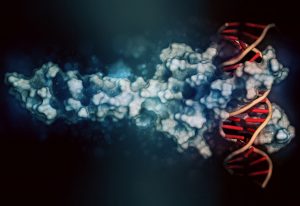
The software diffTF quantifies activity of transcription factors and predicts their mode of action
SCIENCE & TECHNOLOGY
2019
sciencescience-technology
19 December 2019
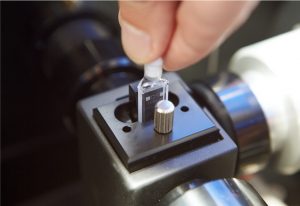
EU funding for iNEXT-Discovery consortium unlocks key technologies for structural biology
EMBL ANNOUNCEMENTSLAB MATTERS
2019
embl-announcementslab-matters
10 December 2019
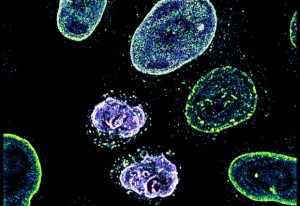
This picture of the week, taken by Arina Rybina in the Ellenberg group at EMBL Heidelberg, shows a high-resolution 3D microscopy image of living human cells: HeLa cells. In this fascinating fluorescing microspace, two newly formed daughter nuclei are captured to study the assembly of nuclear pore…
SCIENCE & TECHNOLOGY
2019
picture-of-the-weekscience-technology
29 November 2019
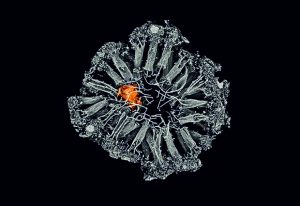
Exploring the diverse routes by which EMBL scientists are driving forward neurobiology
SCIENCE & TECHNOLOGY
2019
sciencescience-technology
21 November 2019
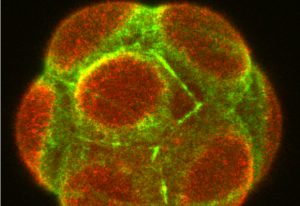
Shedding light on the mechanisms that control the fate of embryonic cells
SCIENCE & TECHNOLOGY
2019
sciencescience-technology
19 November 2019
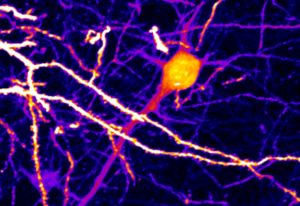
The brain is the most complex organ in the human body. Yet despite it being the organ that makes us conscious beings – and despite the fact that researchers have been studying it for generations – it’s still a constant source of surprise. To help lift the veil on some of its mystery, Lina…
SCIENCE & TECHNOLOGY
2019
picture-of-the-weekscience-technology
14 November 2019
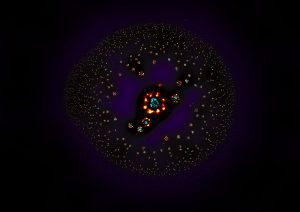
EMBL researchers have published two new studies involving the nuclear pore complex
SCIENCE & TECHNOLOGY
2019
sciencescience-technology
4 November 2019
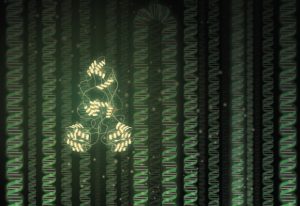
New possibilities for gene therapies
SCIENCE & TECHNOLOGY
2019
sciencescience-technology
23 October 2019
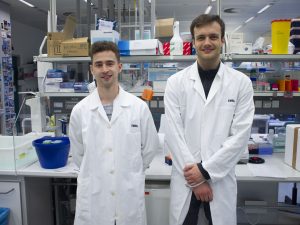
EMBL’s Genomics Core Facility supports students participating in the annual iGEM competition.
SCIENCE & TECHNOLOGY
2019
sciencescience-technology
9 October 2019
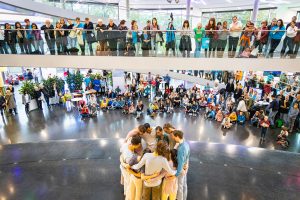
During the Nacht der Forschung 2019, everyone was able to become a scientist for a day at EMBL
LAB MATTERS
10 September 2019
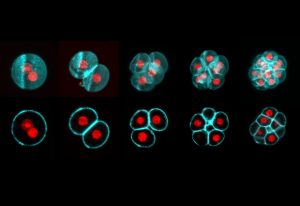
All mammalian life starts with the fusion of egg and sperm, resulting in the creation of a single cell called a zygote. This develops into an embryo through a series of cell divisions, in which the number of cells doubles at each step. Todays’ Picture of the Week was taken by Manuel Eguren of the…
SCIENCE & TECHNOLOGY
2019
picture-of-the-weekscience-technology
29 August 2019
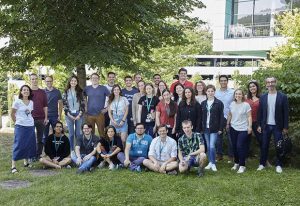
The inaugural EMBL Lautenschläger Summer School ran from 15–26 July at EMBL Heidelberg.
LAB MATTERS
9 August 2019
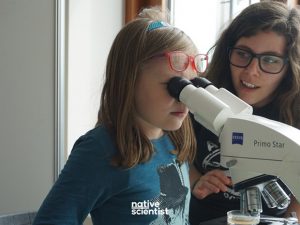
Native Scientist’ organises multilingual science workshops for children of migrant communities.
LAB MATTERS
26 July 2019
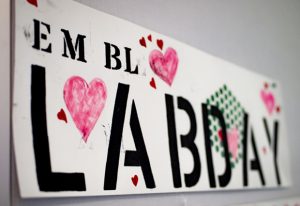
EMBL Lab Day 2019 filled the ATC with art and games
LAB MATTERS
24 July 2019
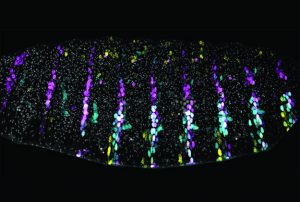
Enhancers in Drosophila embryos gather together to preserve phenotypes under stressful conditions
SCIENCE & TECHNOLOGY
2019
sciencescience-technology
23 July 2019
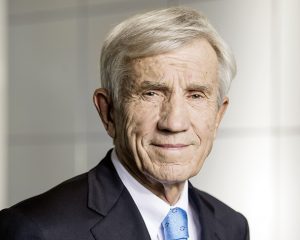
The main funder of the EMBL Lautenschläger Summer School reflects on codes of conduct around giving
PEOPLE & PERSPECTIVES
2019
eventspeople-perspectives
22 July 2019
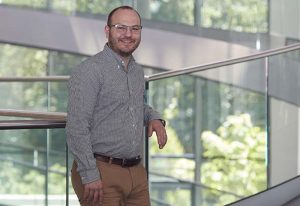
Michael Zimmermann's group will investigate how gut microbes affect the body’s response to drugs.
PEOPLE & PERSPECTIVES
2019
people-perspectivesscience
12 July 2019

The life science community is deeply saddened by the death of Suzanne Eaton
EMBL ANNOUNCEMENTS
2019
alumniembl-announcements
11 July 2019
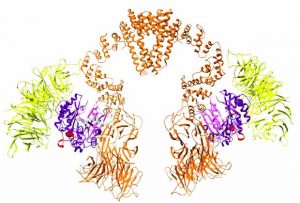
Using cryo-EM, scientists have determined the structure of a large protein complex called Elongator.
SCIENCE & TECHNOLOGY
2019
sciencescience-technology
10 July 2019

How computer processing of human language is harnessed by EMBL scientists
SCIENCE & TECHNOLOGY
2019
sciencescience-technology
9 July 2019
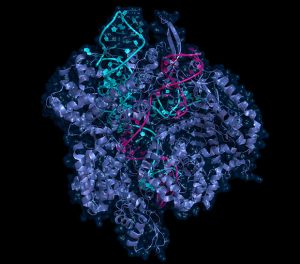
What CRISPR may bring for the future of biology, and how it is used at EMBL
SCIENCE & TECHNOLOGY
2019
sciencescience-technology
3 July 2019

New insights into mechanisms behind embryonic development
SCIENCE & TECHNOLOGY
2019
sciencescience-technology
28 June 2019
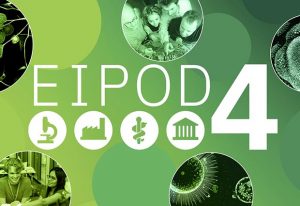
EIPOD4 will prepare researchers for the increasing interdisciplinarity of scientific career paths
EMBL ANNOUNCEMENTSLAB MATTERS
2019
embl-announcementslab-matters
20 June 2019
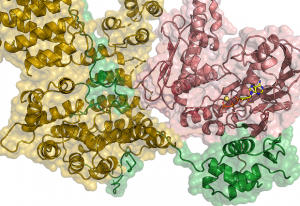
The mystery of how condensin maintains the integrity of the genome during cell division.
SCIENCE & TECHNOLOGY
2019
sciencescience-technology
12 June 2019
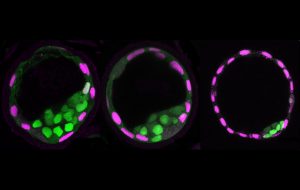
Uncovering new role of fluid pressure in controlling embryo size and cell fate
SCIENCE & TECHNOLOGY
2019
sciencescience-technology
11 June 2019
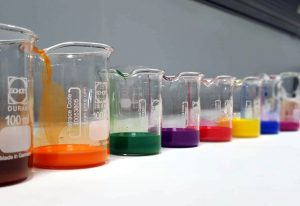
Laboratories all over the world are often chaotic, a bit messy and look grey and unwelcoming. Not so in this lab, pictured by EMBL staff member Emily Savage. The differently coloured fluids, arranged in a row, bring vivid colours into the more subdued environment of the lab. The picture was taken…
LAB MATTERS
2019
lab-matterspicture-of-the-week
7 June 2019
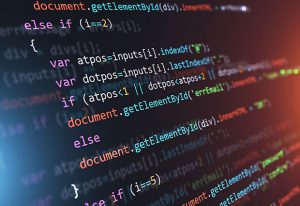
Overwhelmed as a biologist getting to grips with computer programming? EMBLers are here to help!
LAB MATTERS
6 June 2019
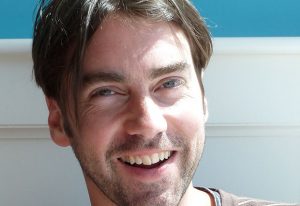
Professor Tim Lewens challenges the human genome’s unique place in bioethics
LAB MATTERS
31 May 2019
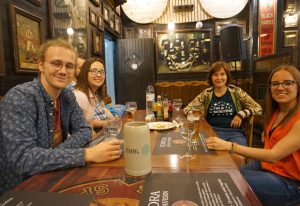
EMBL got together with the global science festival Pint of Science to explain and celebrate science.
LAB MATTERS
21 May 2019

This image – resembling a network of rivers and canals – actually shows the tracheal tip cell of a fruit fly. Fruit flies are heavily used in research and they are a common model organism in developmental biology. Researchers at EMBL use the larvae of fruit flies to study tracheal cell…
SCIENCE & TECHNOLOGY
2019
picture-of-the-weekscience-technology
15 May 2019

Scientists develop software tools for automated acquisition of electron microscopy data
SCIENCE & TECHNOLOGY
2019
sciencescience-technology
14 May 2019

EMBL is a world-leading organisation for life science research. Its scientists work in diverse research fields spanning the whole of molecular biology. While the molecules the researchers are working on are often microscopic and impossible to see with the naked eye, one research topic clearly…
SCIENCE & TECHNOLOGY
2019
picture-of-the-weekscience-technology
29 April 2019
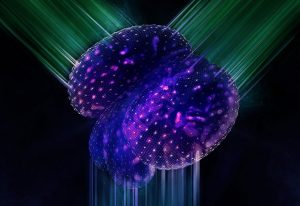
A newly developed 3D microscope visualises fast biological processes better than ever.
SCIENCE & TECHNOLOGY
2019
sciencescience-technology
25 April 2019
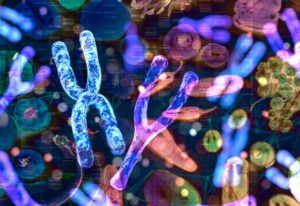
EMBL scientists have discovered that the proteome is substantially affected by both sex and diet
SCIENCE & TECHNOLOGY
2019
sciencescience-technology
8 April 2019
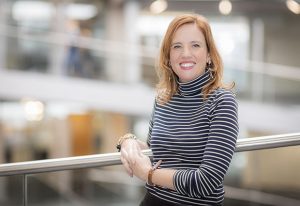
New head of ORD will build and expand the partnerships that help EMBL achieve its ambitions
LAB MATTERS
1 April 2019

Foundation stone ceremony for world-class high-resolution microscopy centre in Heidelberg
LAB MATTERS
28 March 2019
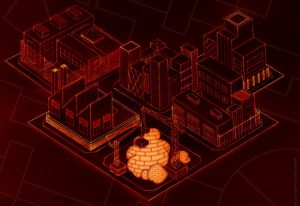
EMBL scientists create membraneless organelle to build proteins in living cell
SCIENCE & TECHNOLOGY
2019
sciencescience-technology
14 March 2019
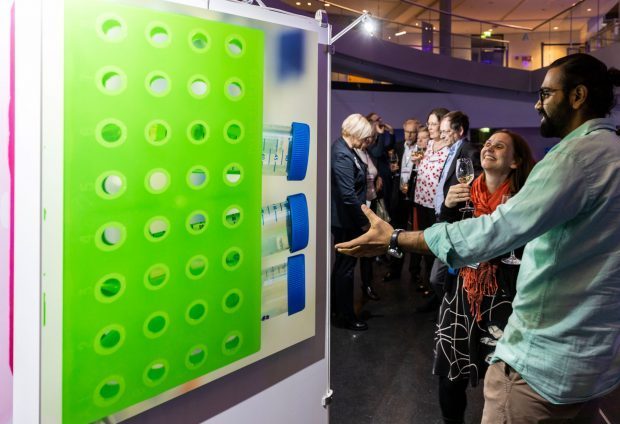
On 20 February, over 250 local supporters and friends met Edith Heard to celebrate a successful year
PEOPLE & PERSPECTIVES
2019
eventspeople-perspectives
11 March 2019

Scientists develop technology to measure how ATP concentration affects protein solubility in cells
SCIENCE & TECHNOLOGY
2019
sciencescience-technology
26 February 2019

Many microbes traverse the oral-gut barrier
SCIENCE & TECHNOLOGY
2019
sciencescience-technology
14 February 2019
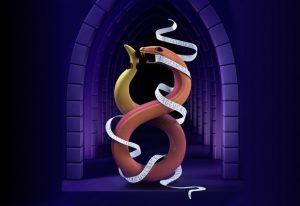
EMBL scientists identify RNA regulating protein behaviour in switch of normal roles
SCIENCE & TECHNOLOGY
2019
sciencescience-technology
4 February 2019
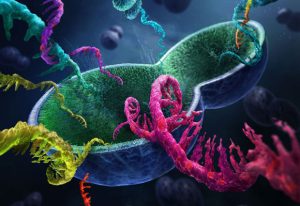
Scientists develop high-throughput yeast single-cell RNA sequencing method
SCIENCE & TECHNOLOGY
2019
sciencescience-technology
2 January 2019
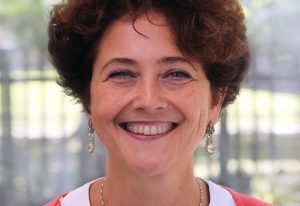
On January 1 2019, Edith Heard takes up the position of EMBL’s Director General
LAB MATTERSPEOPLE & PERSPECTIVES
2019
lab-matterspeople-perspectives
27 November 2018
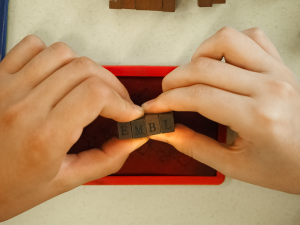
The EMBL Teens reporters discover the European Researchers’ Night
LAB MATTERS
22 November 2018

Nina Kathe, Winner of the EU Contest for Young Scientists visits EMBL
LAB MATTERS
16 November 2018
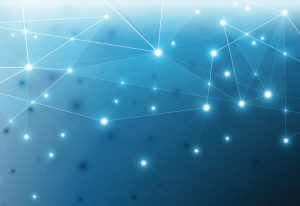
How EMBL scientists are using machine learning to advance biology
LAB MATTERSSCIENCE & TECHNOLOGY
2018
lab-mattersscience-technology
15 November 2018
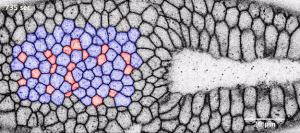
The De Renzis group investigated invagination, the first step of organ development in embryos.
SCIENCE & TECHNOLOGY
2018
sciencescience-technology
7 November 2018
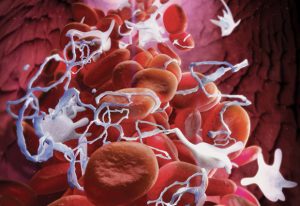
EMBL scientists investigate the structure of a key protein involved in blood clotting
SCIENCE & TECHNOLOGY
2018
sciencescience-technology
2 November 2018

The Hentze Lab enhanced a RNA-interactome capture technique to pave the way towards medical progress
SCIENCE & TECHNOLOGY
2018
sciencescience-technology
1 October 2018

Researchers from EMBL and Heidelberg University unveil the molecular mechanisms of ageing
SCIENCE & TECHNOLOGY
2018
sciencescience-technology
27 September 2018
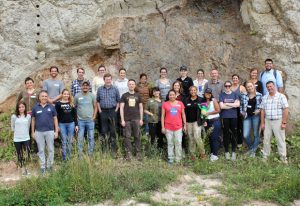
Meet the organisers of EMBO’s first course on molecular geobiology
SCIENCE & TECHNOLOGY
2018
eventsscience-technology
20 September 2018
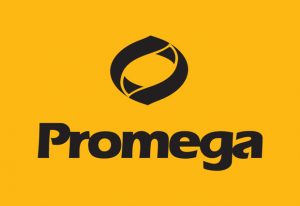
EMBL and Promega collaborate to train young scientists
CONNECTIONSLAB MATTERS
2018
connectionslab-matters
14 August 2018
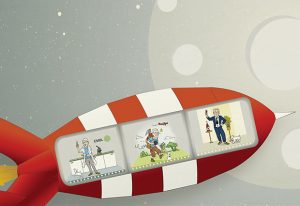
The EMBL community, past and present, gather for special events around Lab Day 2018
LAB MATTERS
2 August 2018
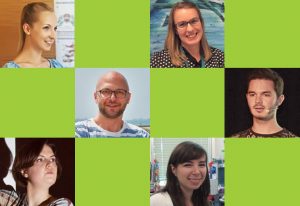
Discover how EMBLers across all sites share their passion for science
LAB MATTERSPEOPLE & PERSPECTIVES
2018
lab-matterspeople-perspectives
26 July 2018

EMBL researchers visualise the proteins needed to capture molecules and bring them into a cell
SCIENCE & TECHNOLOGY
2018
sciencescience-technology
29 June 2018
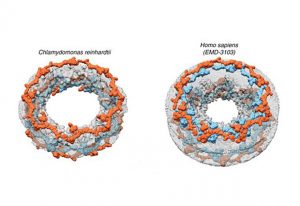
EMBL scientists reveal NPC architecture of algae
SCIENCE & TECHNOLOGY
2018
sciencescience-technology
25 June 2018
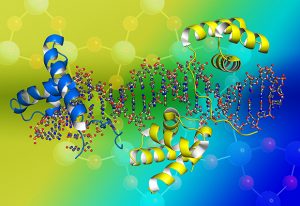
EMBL researchers develop method that simplifies the isolation of DNA- and RNA- protein complexes
SCIENCE & TECHNOLOGY
2018
sciencescience-technology
22 June 2018
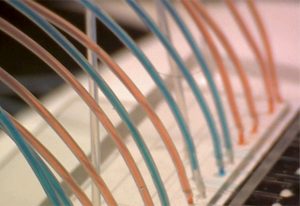
Combinations of cancer drugs can be quickly and cheaply tested using a novel microfluidic device
SCIENCE & TECHNOLOGY
2018
sciencescience-technology
20 June 2018
New computational method uses multi-omics analysis for personalised medicine
SCIENCE & TECHNOLOGY
2018
sciencescience-technology
11 June 2018
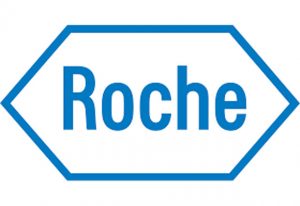
Roche and EMBL join forces
CONNECTIONSLAB MATTERS
2018
connectionslab-matters
8 June 2018
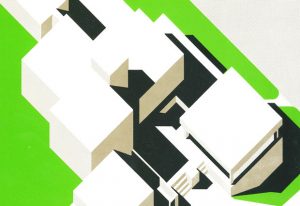
A history of EMBL in six objects from the EMBL Archive
LAB MATTERS
4 June 2018
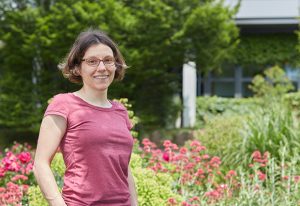
Which of our genes will be passed on to our children? Simone Köhler wants to find out
PEOPLE & PERSPECTIVES
2018
people-perspectivesscience
1 June 2018
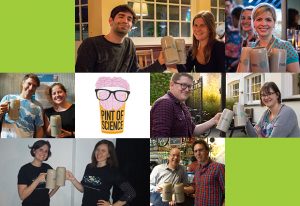
EMBL and Pint of Science join forces to entertain and educate
LAB MATTERS
25 May 2018

EMBL alumna Melina Schuh recognised for excellence in science
PEOPLE & PERSPECTIVES
2018
alumnipeople-perspectives
23 May 2018
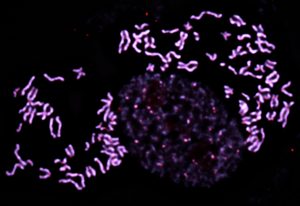
EMBL group leader Jan Korbel reflects on his scientific origins and current research
SCIENCE & TECHNOLOGY
2018
sciencescience-technology
9 May 2018
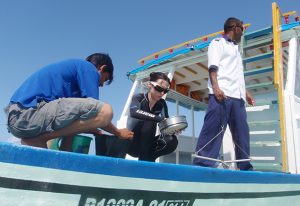
EMBL alumna, Èlia Benito-Gutiérrez, on how her research and career evolved after searching the seas
LAB MATTERSPEOPLE & PERSPECTIVES
2018
lab-matterspeople-perspectives
2 May 2018

On April 12, EMBL hosted 200 attendees at its Annual Reception in Heidelberg and highlighted its role as a training hub.
LAB MATTERS
25 April 2018
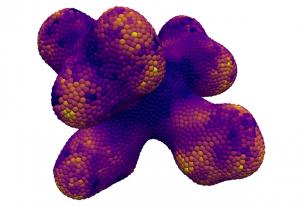
Discover how EMBL scientists are using GPU computing to push biology forward
SCIENCE & TECHNOLOGY
2018
sciencescience-technology
20 April 2018
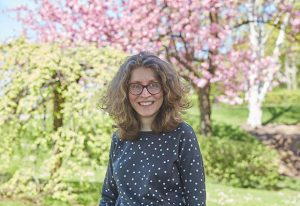
New Heidelberg group leader creates tools to help biologists work faster and better
PEOPLE & PERSPECTIVES
2018
people-perspectivesscience
19 April 2018
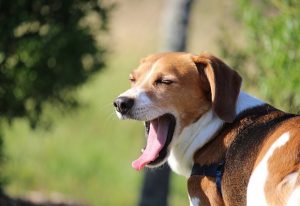
Dog and human gut microbiomes have more similar genes and responses to diet than previously thought
PEOPLE & PERSPECTIVES
2018
people-perspectivesscience
18 April 2018
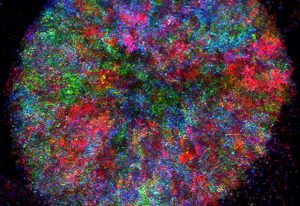
Markus Ralser, upcoming EMBO workshop speaker, on how metabolism brought chemistry to life
PEOPLE & PERSPECTIVES
2018
eventspeople-perspectives
9 April 2018

Open-source software allows standard microscopes to accurately image 3D structures
SCIENCE & TECHNOLOGY
2018
sciencescience-technology
9 April 2018

EMBL scientists count and locate chromosomal proteins during cell duplication
SCIENCE & TECHNOLOGY
2018
sciencescience-technology
15 March 2018
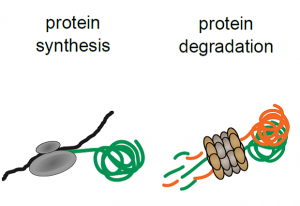
Scientists at EMBL and Cellzome develop technology to monitor the effects of drug treatments on protein degradation and synthesis
SCIENCE & TECHNOLOGY
2018
sciencescience-technology
14 March 2018
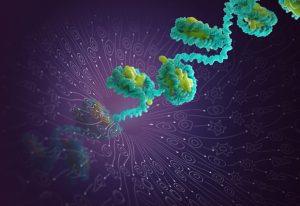
EMBL scientists show how chromatin usage in individual cells reveals developmental trajectories
SCIENCE & TECHNOLOGY
2018
sciencescience-technology
13 March 2018
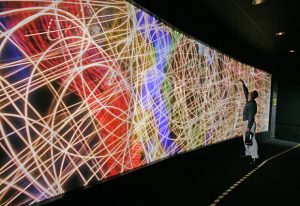
EMBL experts outline the trends shaping scientific training in the coming years
13 March 2018
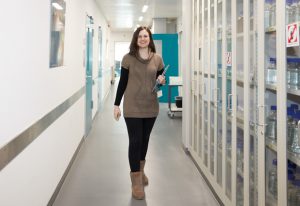
For Vasiliki Karyoti, troubleshooting and problem-solving take on a greater meaning at EMBL
LAB MATTERSPEOPLE & PERSPECTIVES
2018
lab-matterspeople-perspectives
12 March 2018
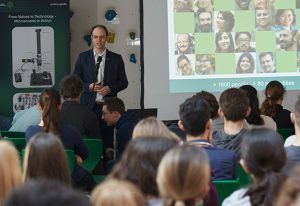
School students build fluorescence microscopes designed by members of the Prevedel group and ELLS
LAB MATTERS
7 March 2018
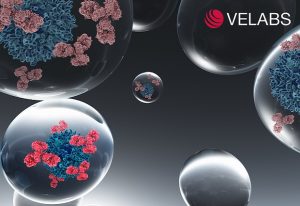
New EMBL spinoff company Velabs Therapeutics aims to speed up discovery of therapeutic antibodies
LAB MATTERSSCIENCE & TECHNOLOGY
2018
lab-mattersscience-technology
5 March 2018
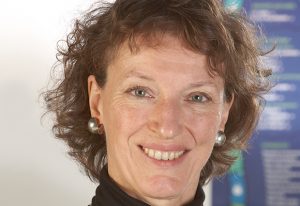
Maria Leptin reflects on how to create a research environment that serves the needs of the community
LAB MATTERSPEOPLE & PERSPECTIVES
2018
lab-matterspeople-perspectives
5 March 2018
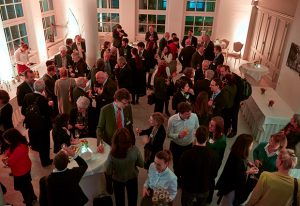
EMBL and EMBO hosted the ERC's Scientific Council in Heidelberg 28 February to 2 March
CONNECTIONS
23 February 2018
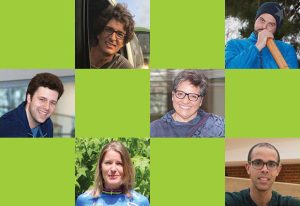
Discover the past lives and journeys that brought people to EMBL
LAB MATTERSPEOPLE & PERSPECTIVES
2018
lab-matterspeople-perspectives
23 February 2018

Access to state-of-the-art microscopes and outstanding expertise
SCIENCE & TECHNOLOGY
2018
sciencescience-technology
21 February 2018
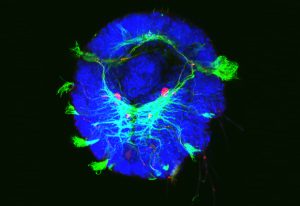
EMBL scientists discover how a molecule’s role changes from simple metabolite to instructive signal
SCIENCE & TECHNOLOGY
2018
sciencescience-technology
21 February 2018
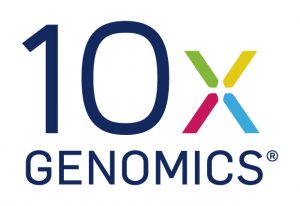
Joining forces for single-cell research
CONNECTIONSLAB MATTERS
2018
connectionslab-matters
20 February 2018
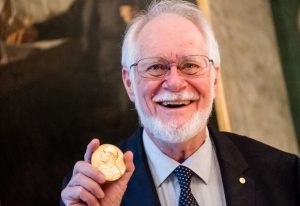
“In testimony of my great thankfulness”
PEOPLE & PERSPECTIVES
2018
alumnipeople-perspectives
16 February 2018

New EMBL group leader explores biophysical properties of chromosomes and other cellular assemblies
PEOPLE & PERSPECTIVES
2018
people-perspectivesscience
15 February 2018
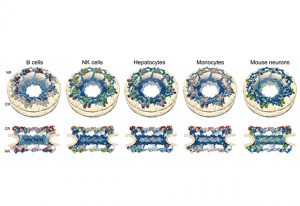
EMBL scientists create a turnover catalogue of almost 10.000 proteins from primary cells
SCIENCE & TECHNOLOGY
2018
sciencescience-technology
13 February 2018

EMBL experts outline the trends shaping scientific training in the coming years
LAB MATTERS
9 February 2018
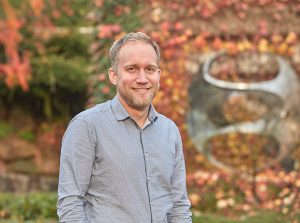
EMBL’s new group leader studies how gene expression is controlled
PEOPLE & PERSPECTIVES
2018
people-perspectivesscience
8 February 2018
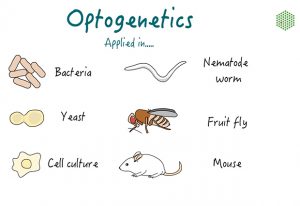
EMBL’s training programme launches its first e-learning courses: introductions to optogenetics and CLEM
EMBL ANNOUNCEMENTS
2018
embl-announcementsevents
31 January 2018

What opportunities can organoids bring to further the understanding of the human brain?
SCIENCE & TECHNOLOGY
2018
eventsscience-technology
30 January 2018

EMBL scientists show that some promoters can act as enhancers and vice versa
SCIENCE & TECHNOLOGY
2018
sciencescience-technology
17 January 2018
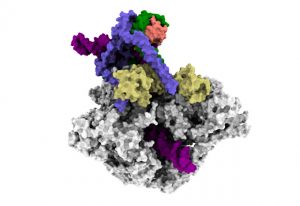
EMBL researchers uncover how a key enzyme that helps cells make new proteins starts its work
SCIENCE & TECHNOLOGY
2018
sciencescience-technology
8 January 2018
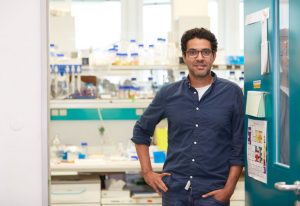
New group leader studies sea anemones to investigate why some animals regenerate better than others
PEOPLE & PERSPECTIVES
2018
people-perspectivesscience
28 December 2017
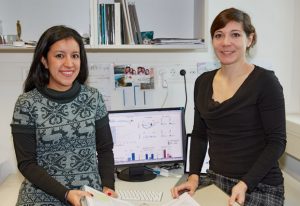
EMBL scientists unveil how 3D chromatin structure affects RNA splicing
SCIENCE & TECHNOLOGY
2017
sciencescience-technology
21 December 2017
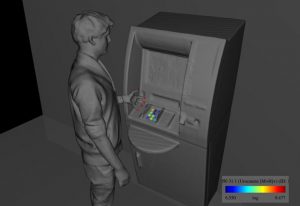
Molecule mapping method raises interest in forensics, agriculture and microbiome studies
SCIENCE & TECHNOLOGY
2017
sciencescience-technology
21 December 2017
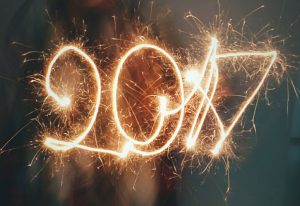
A look back at some of the most read stories on EMBL’s news website this year
LAB MATTERS
14 December 2017
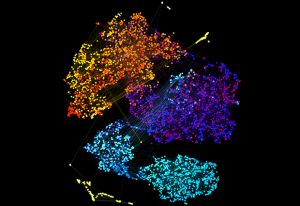
EMBL experts outline the trends shaping scientific training in the coming years
LAB MATTERS
13 December 2017
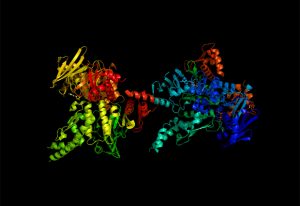
New research reveals that two different mechanisms are responsible for chromosome folding
SCIENCE & TECHNOLOGY
2017
sciencescience-technology
8 December 2017

How a research technician with a master’s degree contributed to Nobel Prize-winning work
PEOPLE & PERSPECTIVES
2017
alumnipeople-perspectives
7 December 2017
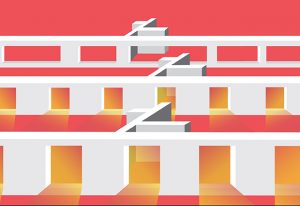
New research shows how pores form in the membrane that surrounds a cell’s nucleus
SCIENCE & TECHNOLOGY
2017
sciencescience-technology
5 December 2017
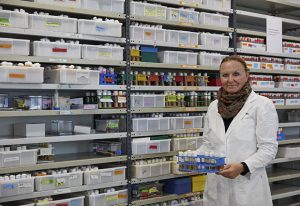
Curious about what goes on in EMBL’s Fly Room? Prepare to be a fly on the wall
LAB MATTERSPEOPLE & PERSPECTIVES
2017
lab-matterspeople-perspectives
29 November 2017
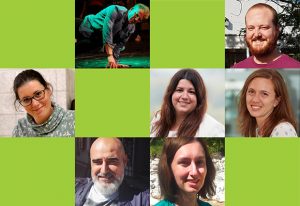
EMBLers across all sites share how their curiosity about the world shapes their everyday life
LAB MATTERS
28 November 2017

Interview with EMBL’s Joint Heads of Government and EU Relations
LAB MATTERSPEOPLE & PERSPECTIVES
2017
lab-matterspeople-perspectives
27 November 2017
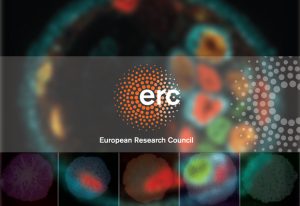
Takashi Hiiragi and Lars Steinmetz received Advanced Grants from the European Research Council (ERC)
EMBL ANNOUNCEMENTSLAB MATTERS
2017
embl-announcementslab-matters
24 November 2017
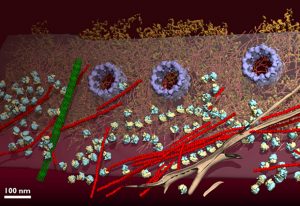
The Mahamid group studies meso-scale molecular assemblies in intact cells and model organisms at molecular resolution
PEOPLE & PERSPECTIVES
2017
people-perspectivesscience
23 November 2017

EMBL alumna Sigrid Reinsch trained as a cell biologist – now she helps run experiments in space
PEOPLE & PERSPECTIVES
2017
alumnipeople-perspectives
20 November 2017
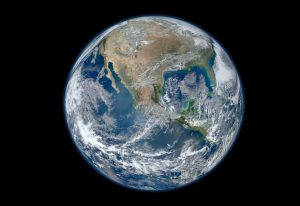
EMBL and HeidelbergCement sign Memorandum of Understanding
LAB MATTERSPEOPLE & PERSPECTIVES
2017
lab-matterspeople-perspectives
16 November 2017
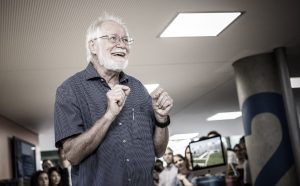
Jacques Dubochet, Nobel laureate and former EMBL group leader, reflects on a key aha moment
PEOPLE & PERSPECTIVES
2017
alumnipeople-perspectives
14 November 2017
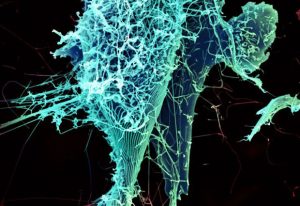
EMBL researchers create highest resolution 3D model of important structure within Ebola virus
SCIENCE & TECHNOLOGY
2017
sciencescience-technology
3 November 2017

A talent for organisation has taken EMBL’s Steffi Kandels-Lewis across the globe
SCIENCE & TECHNOLOGY
2017
sciencescience-technology
25 October 2017

Meet Ig Nobel emcee Marc Abrahams, an EMBL Science and Society speaker in December
SCIENCE & TECHNOLOGY
2017
eventsscience-technology
25 October 2017
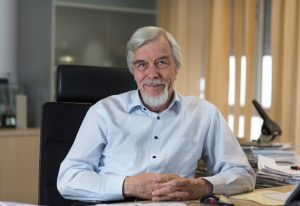
Interview with Rolf-Dieter Heuer, guest speaker at EMBL's 2017 Annual Reception
PEOPLE & PERSPECTIVES
2017
eventspeople-perspectives
25 October 2017
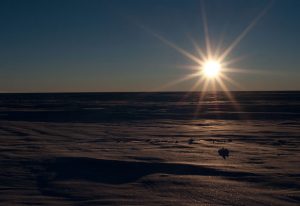
Working on scientific instruments has taken EMBL alumnus Simon Sheldon to the ends of the Earth
PEOPLE & PERSPECTIVES
2017
alumnipeople-perspectives
19 October 2017

Women from academia, industry and politics met at EMBL to fuel career growth and opportunities
LAB MATTERS
5 October 2017

EMBL researchers and collaborators unravel how chromosomes form
SCIENCE & TECHNOLOGY
2017
sciencescience-technology
4 October 2017

EMBL alumnus recognised for cryo-electron microscopy work
EMBL ANNOUNCEMENTS
2017
embl-announcementsscience
2 October 2017
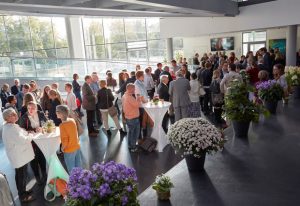
EMBL’s annual reception took place on 18 September, with more than 150 attendees
CONNECTIONSLAB MATTERS
2017
connectionslab-matters
27 September 2017
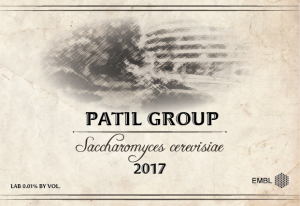
How microbes can create niches for each other
SCIENCE & TECHNOLOGY
2017
sciencescience-technology
21 September 2017
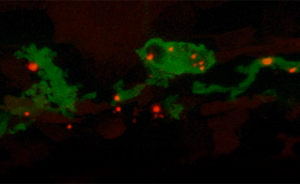
New study by Paola Kuri and Maria Leptin shows how inflammation happens in zebrafish in real time
SCIENCE & TECHNOLOGY
2017
sciencescience-technology
18 September 2017
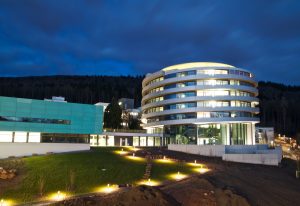
How the work of the Courses and Conferences team has changed over the years
LAB MATTERS
31 August 2017
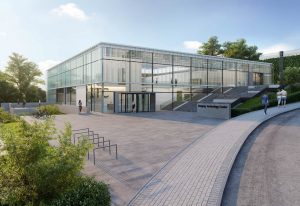
German state and federal governments agree funding for microscopy centre at EMBL Heidelberg
LAB MATTERS
11 August 2017
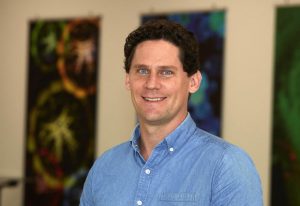
Meet Justin Crocker, EMBL’s new group leader in gene regulation during evolution and development
PEOPLE & PERSPECTIVES
2017
people-perspectivesscience
25 July 2017
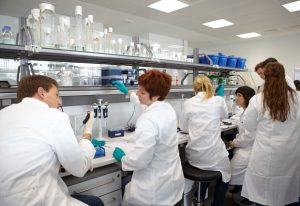
NEB joins EMBL’s corporate partnership programme
CONNECTIONSLAB MATTERS
2017
connectionslab-matters
11 July 2017
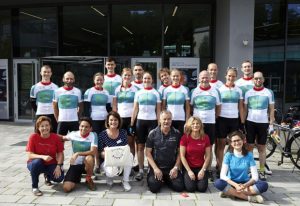
EMBL’s cycling team complete epic journey to raise money for Heidelberg’s children’s hospital
LAB MATTERS
28 June 2017

Celebrating 40 years since the first EMBO electron microscopy training course
LAB MATTERS
9 June 2017
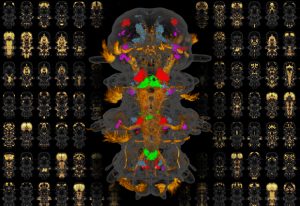
EMBL researchers complete a molecular atlas showing gene expression in all cells in an entire animal
SCIENCE & TECHNOLOGY
2017
sciencescience-technology
25 May 2017
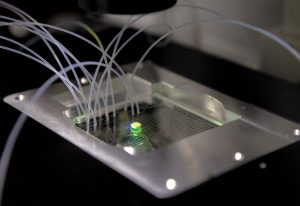
An EMBL collaboration devises a new method that could speed up vaccine development for HIV
SCIENCE & TECHNOLOGY
2017
sciencescience-technology
24 May 2017
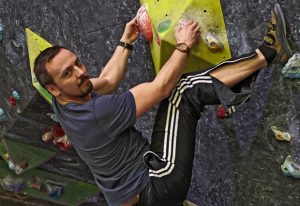
People across EMBL’s sites reflect on the ways they perceive their world
LAB MATTERSPEOPLE & PERSPECTIVES
2017
lab-matterspeople-perspectives
15 May 2017
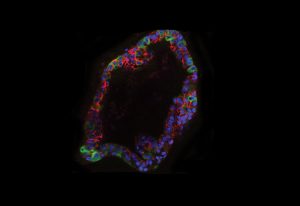
Hallmarks of residual breat cancer cells suggest new approaches for preventing relapse
SCIENCE & TECHNOLOGY
2017
sciencescience-technology
8 May 2017
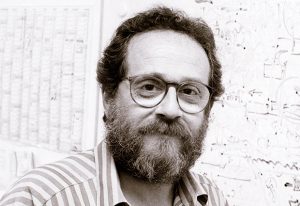
The life science community is deeply saddened by the loss of EMBL alumnus Riccardo Cortese
PEOPLE & PERSPECTIVES
2017
alumnipeople-perspectives
8 May 2017
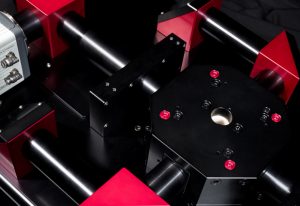
Accelerating researchers’ access to next-generation light-sheet microscopy
CONNECTIONSLAB MATTERS
2017
connectionslab-matters
3 May 2017

ERC grantee Maja Köhn shares her vision for the next ten years
SCIENCE & TECHNOLOGY
2017
sciencescience-technology
27 April 2017
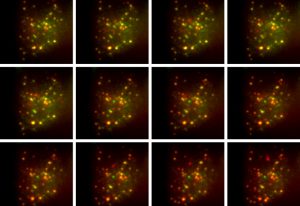
EMBL researchers develop an optical method for measuring the release of insulin from single cells
SCIENCE & TECHNOLOGY
2017
sciencescience-technology
12 April 2017

EMBL alumnus Konrad Müller has sadly passed away
LAB MATTERSPEOPLE & PERSPECTIVES
2017
lab-matterspeople-perspectives
6 April 2017
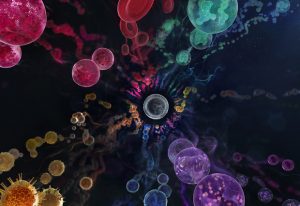
Study by EMBL and DKFZ researchers means origins of myeloid leukaemias may need rethinking
SCIENCE & TECHNOLOGY
2017
sciencescience-technology
29 March 2017
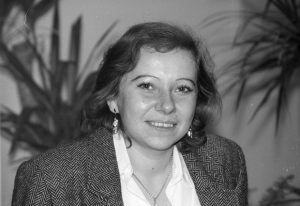
Anna Tramontano, bioinformatics pioneer and EMBL alumna, has passed away
LAB MATTERSPEOPLE & PERSPECTIVES
2017
lab-matterspeople-perspectives
24 March 2017
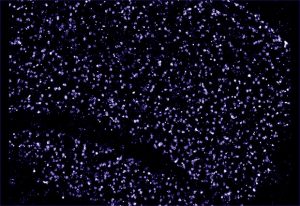
ERC grantee Edward Lemke shares his vision for the next ten years
SCIENCE & TECHNOLOGY
2017
sciencescience-technology
13 March 2017

ERC grantee Detlev Arendt shares his vision for the next ten years
SCIENCE & TECHNOLOGY
2017
sciencescience-technology
13 March 2017
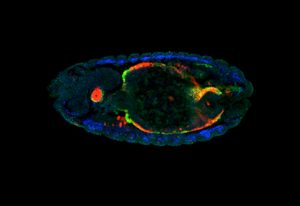
ERC grantee Eileen Furlong shares her vision for the next ten years
SCIENCE & TECHNOLOGY
2017
sciencescience-technology
9 March 2017

Keeping bacterial chromosomes tangled could lead to new approaches to treatment
SCIENCE & TECHNOLOGY
2017
sciencescience-technology
6 March 2017
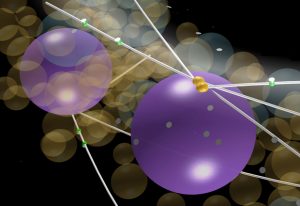
EMBL researchers develop a computer model to explore the movement of nuclei in a multinuclear cell
SCIENCE & TECHNOLOGY
2017
sciencescience-technology
2 March 2017
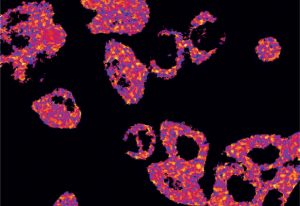
Differentiated and undifferentiated cells get energy in different ways, sensor made at EMBL shows
SCIENCE & TECHNOLOGY
2017
sciencescience-technology
16 February 2017
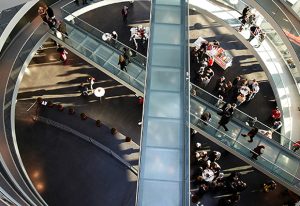
Sartorius and EMBL join forces to support advanced training and science education
CONNECTIONSLAB MATTERS
2017
connectionslab-matters
16 February 2017
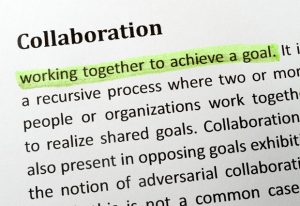
GSK and EMBL have signed an agreement to enhance understanding of disease and drug mechanisms
CONNECTIONSLAB MATTERS
2017
connectionslab-matters
14 February 2017
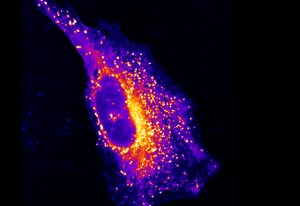
A new technique developed at EMBL reveals the way fats interact with other molecules in cells
SCIENCE & TECHNOLOGY
2017
sciencescience-technology
13 February 2017
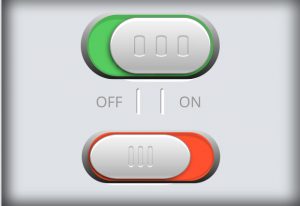
EMBL scientists discovered that common mutations can change the shape of gene promoters
SCIENCE & TECHNOLOGY
2017
sciencescience-technology
26 January 2017
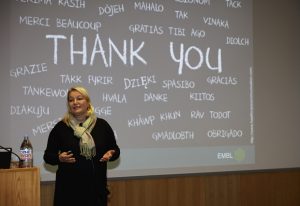
Helke Hillebrand on leaving EMBL after 9 years as Academic Coordinator and Dean of Graduate Studies
LAB MATTERS
21 December 2016

Inducible mechanism found by EMBL scientists links receptor degradation and replenishment
SCIENCE & TECHNOLOGY
2016
sciencescience-technology
15 December 2016
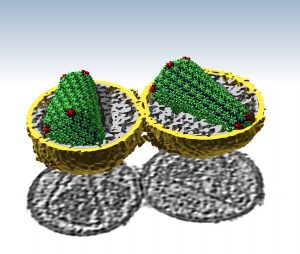
EMBL scientists use new techniques to describe the architecture of conical HIV capsids
SCIENCE & TECHNOLOGY
2016
sciencescience-technology
1 December 2016

EMBL’s Petra Riedinger retires after 40 years producing posters, graphics, artwork and more
LAB MATTERSPEOPLE & PERSPECTIVES
2016
lab-matterspeople-perspectives
29 November 2016
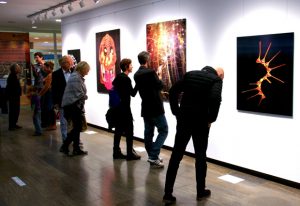
How a team of scientists and artists at EMBL transformed microscopy data into stunning 3D images
LAB MATTERSSCIENCE & TECHNOLOGY
2016
lab-mattersscience-technology
24 November 2016
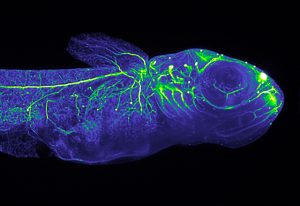
Ernst Stelzer earns 2016 Lennart Philipson award for advances in light sheet microscopy
PEOPLE & PERSPECTIVES
2016
alumnipeople-perspectives
17 November 2016
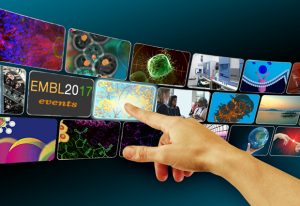
Check out the newly revealed programme for 2017
LAB MATTERS
17 November 2016
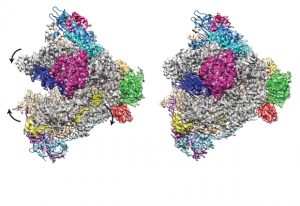
Cryo EM reconstruction of RNA Polymerase I reveals details of how molecule binds and transcribes DNA
SCIENCE & TECHNOLOGY
2016
sciencescience-technology
15 November 2016
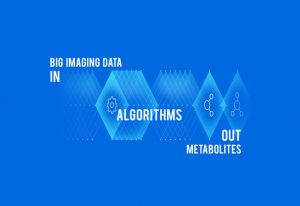
Open source bioinformatics method for finding metabolites makes experiments comparable across labs
SCIENCE & TECHNOLOGY
2016
sciencescience-technology
3 November 2016
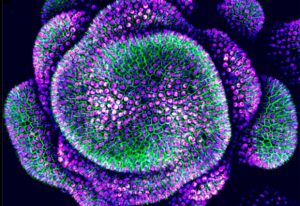
What happens when plant's leaf-placing feedback loop isn't quite right
SCIENCE & TECHNOLOGY
2016
sciencescience-technology
27 October 2016
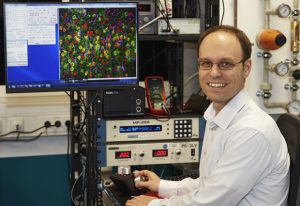
Robert Prevedel develops deep-tissue microscopy for scientists to peer deep inside living organisms
PEOPLE & PERSPECTIVES
2016
people-perspectivesscience
20 October 2016
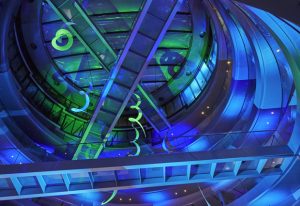
Participants learn about EMBL’s ocean biodiversity research at the Fall Gala
CONNECTIONS
19 October 2016
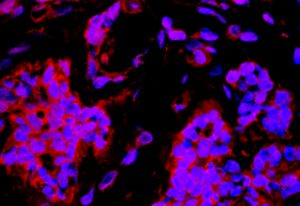
New platform useful for studies of protein binding, human tissue and more
SCIENCE & TECHNOLOGY
2016
sciencescience-technology
17 October 2016
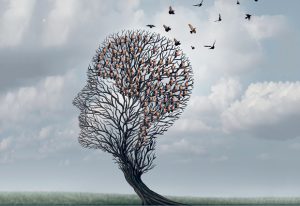
We catch up with neuroscientist Craig Stark, speaker at the EMBL/EMBO Science and Society Conference
LAB MATTERSPEOPLE & PERSPECTIVES
2016
lab-matterspeople-perspectives
4 October 2016
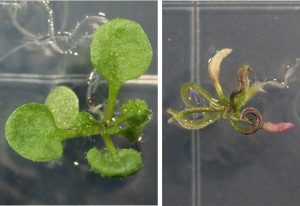
EMBL scientists investigate how leaves grow flat to efficiently capture sunlight
SCIENCE & TECHNOLOGY
2016
sciencescience-technology
28 September 2016
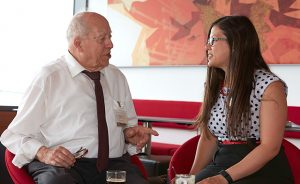
Eberhard Bengsch explains why EMBL’s events programme attracts him time and again
PEOPLE & PERSPECTIVES
2016
eventspeople-perspectives
27 September 2016
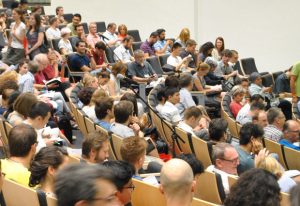
Take part in an EMBL conference or symposium for free as an EMBL events reporter
LAB MATTERS
26 September 2016
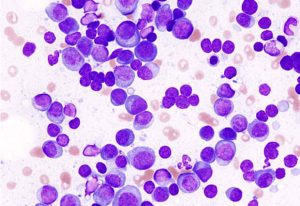
Side-effects of leukaemia drug explained, reveal possibility of repurposing to treat other diseases
SCIENCE & TECHNOLOGY
2016
sciencescience-technology
26 September 2016
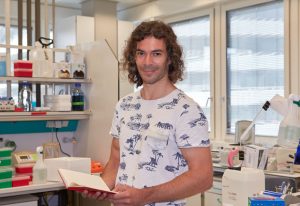
New head of Proteomics Core Facility also runs stability proteomics lab
PEOPLE & PERSPECTIVES
2016
people-perspectivesscience
23 September 2016
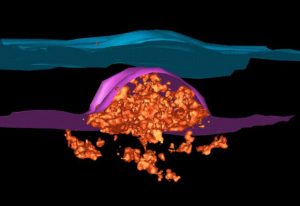
Puzzle of nuclear pore formation in growing nuclei solved
SCIENCE & TECHNOLOGY
2016
sciencescience-technology
20 September 2016
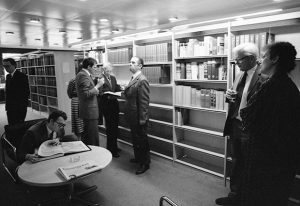
Past meets present as Library head Ioanna Ydraiou interviews EMBL’s first librarian
PEOPLE & PERSPECTIVES
2016
alumnipeople-perspectives
12 September 2016
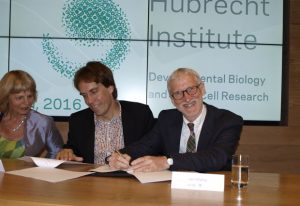
EMBL and the Hubrecht Institute signed a 5-year partnership agreement
CONNECTIONSLAB MATTERS
2016
connectionslab-matters
30 August 2016
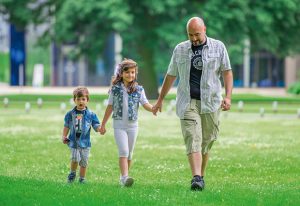
Turning the spotlight on the diverse universe of EMBL’s 200-strong postdoc community
LAB MATTERSPEOPLE & PERSPECTIVES
2016
lab-matterspeople-perspectives
30 August 2016
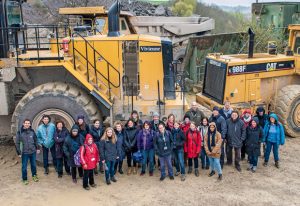
Unexpected adventures at EMBL LearningLAB focused on biodiversity
LAB MATTERS
30 August 2016

"If I have an aim, I’ll find a solution" – meet EMBL alumnus Jochen Wittbrodt
PEOPLE & PERSPECTIVES
2016
alumnipeople-perspectives
30 August 2016
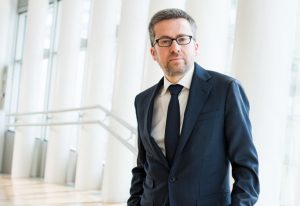
Integration, collaboration and openness on agenda for Carlos Moedas, European Commissioner for Research
LAB MATTERSPEOPLE & PERSPECTIVES
2016
lab-matterspeople-perspectives
30 August 2016

Alumnus and entrepreneur Marc Zabeau speaks at inaugural Life Science Funders and Foundations event
CONNECTIONS
30 August 2016
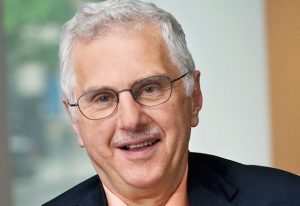
Bruce Alberts on fixing the broken academic career pipeline
LAB MATTERSPEOPLE & PERSPECTIVES
2016
lab-matterspeople-perspectives
30 August 2016
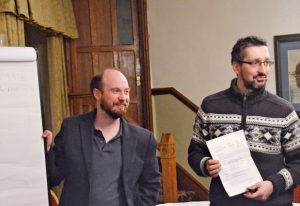
Scientific community manager, alumnus Aidan Budd, connects people with shared interests, values, goals
PEOPLE & PERSPECTIVES
2016
alumnipeople-perspectives
26 August 2016

Team leader investigates how the gut microbiome could relate to human diseases
SCIENCE & TECHNOLOGY
2016
sciencescience-technology
10 August 2016
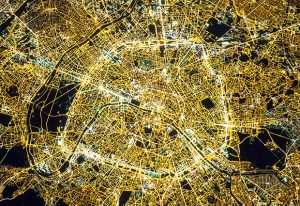
Storage of pre-made nuclear pores allows for rapid cell division in fruit fly embryos
SCIENCE & TECHNOLOGY
2016
sciencescience-technology
3 August 2016
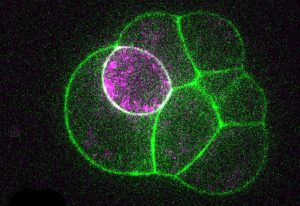
Strength of contraction determines whether cells become embryo or placenta
SCIENCE & TECHNOLOGY
2016
sciencescience-technology
1 August 2016
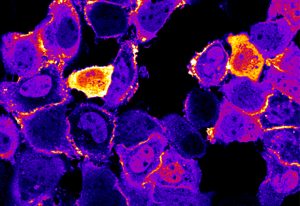
Molecular messengers synthesised to help study how cells respond to outside stimuli
SCIENCE & TECHNOLOGY
2016
sciencescience-technology
28 July 2016

New technique reveals uncharted docking sites in RNA-binding proteins
SCIENCE & TECHNOLOGY
2016
sciencescience-technology
22 July 2016

EMBL Alumni Association Board review progress and discuss new initiatives
EMBL ANNOUNCEMENTS
2016
alumniembl-announcements
14 July 2016
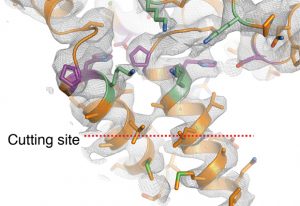
Study provides insights into workings of new HIV drugs and how virus becomes resistant
SCIENCE & TECHNOLOGY
2016
sciencescience-technology
30 June 2016
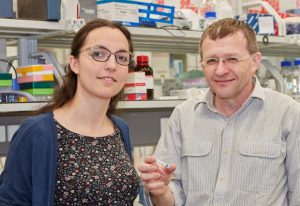
Collaborations shorten distance between EMBL Heidelberg, Germany, and CEITEC in Brno, Czech Republic
SCIENCE & TECHNOLOGY
2016
sciencescience-technology
29 June 2016

New group leader combines physics and biology to answer the 'hows' of cell movement
PEOPLE & PERSPECTIVES
2016
people-perspectivesscience
24 June 2016
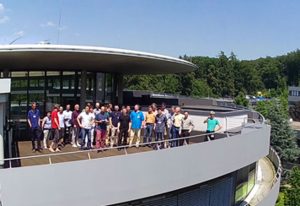
27 former Bork lab members joined Peer for a full-day get-together this summer
LAB MATTERS
14 June 2016
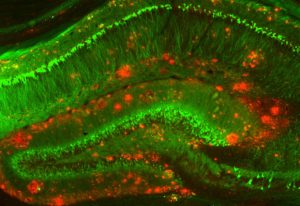
How cells eliminate protein deposits that can lead to neurodegenerative disorders
SCIENCE & TECHNOLOGY
2016
sciencescience-technology
20 May 2016
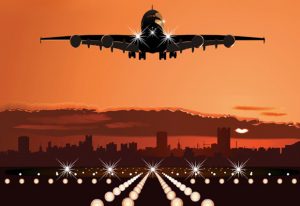
New method enables scientists to use light to direct where cancer cells go
SCIENCE & TECHNOLOGY
2016
sciencescience-technology
17 May 2016

From shared interests at a conference to a surprising discovery
SCIENCE & TECHNOLOGY
2016
sciencescience-technology
17 May 2016
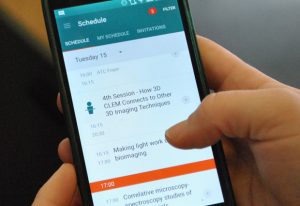
Upgrading your conference experience with the new EMBL Events app
LAB MATTERS
10 May 2016
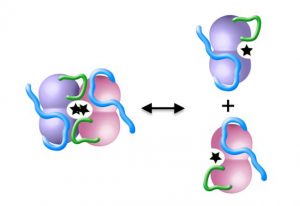
Unexpected results: structure of DAPK enzyme reveals dual-purpose loop
SCIENCE & TECHNOLOGY
2016
sciencescience-technology
28 April 2016

Stool transplants: finding the right match important, EMBL study shows
SCIENCE & TECHNOLOGY
2016
sciencescience-technology
21 April 2016
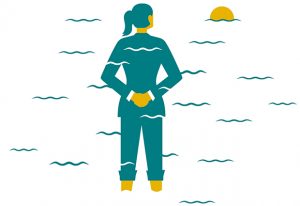
How EMBL scientists are discovering and understanding the waves and rhythms inside us
SCIENCE & TECHNOLOGY
2016
sciencescience-technology
14 April 2016

First detailed structural description of all the rings of nuclear pores
SCIENCE & TECHNOLOGY
2016
sciencescience-technology
31 March 2016
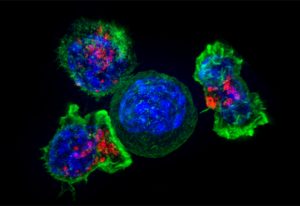
Information on structure of molecule used for genome engineering yields increased efficiency
SCIENCE & TECHNOLOGY
2016
sciencescience-technology
21 March 2016
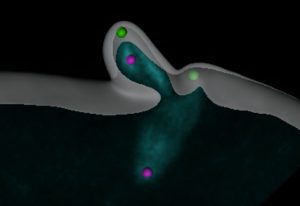
1st real-time video of starfish egg cell eliminating crucial structures, to ensure embryo viability
SCIENCE & TECHNOLOGY
2016
sciencescience-technology
21 March 2016

New technique uses X-rays to find landmarks when combining fluorescence and electron microscopy
SCIENCE & TECHNOLOGY
2016
sciencescience-technology
18 March 2016
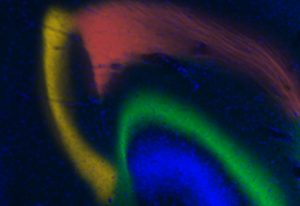
Neural mechanisms in mouse brains indicate that we actively forget as we learn
SCIENCE & TECHNOLOGY
2016
sciencescience-technology
8 March 2016
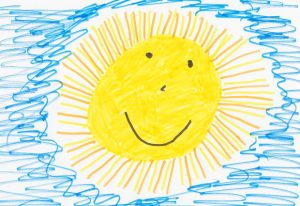
EMBL PlayLab now available at 22 conferences hosted in Heidelberg
LAB MATTERS
3 March 2016
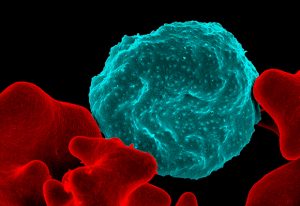
First detailed atlas of start points for genes expression in malaria-causing parasite
SCIENCE & TECHNOLOGY
2016
sciencescience-technology
16 February 2016
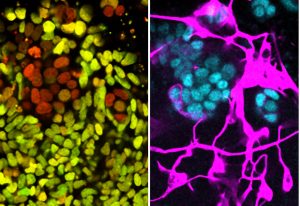
How stem cells resist change
SCIENCE & TECHNOLOGY
2016
sciencescience-technology
12 February 2016
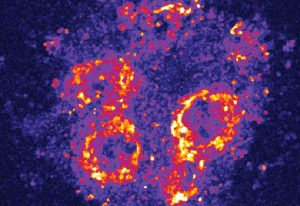
What do cells in an embryo have in common with schools of fish, swarms of fireflies, and applauding audiences?
SCIENCE & TECHNOLOGY
2016
sciencescience-technology
11 February 2016

How transcription factors interact to create a heart
SCIENCE & TECHNOLOGY
2016
sciencescience-technology
10 February 2016
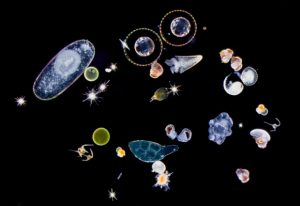
Plankton network linked to ocean's biological carbon pump revealed
SCIENCE & TECHNOLOGY
2016
sciencescience-technology
25 January 2016
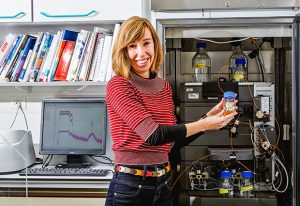
"We’re open! We’re open to working with everybody, we’re open to new things."
LAB MATTERSPEOPLE & PERSPECTIVES
2016
lab-matterspeople-perspectives
13 January 2016
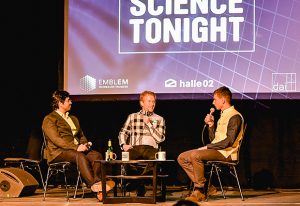
Scientist and showman: PhD student Vasily Sysoev shares his passion for outreach.
PEOPLE & PERSPECTIVES
2016
eventspeople-perspectives
17 December 2015
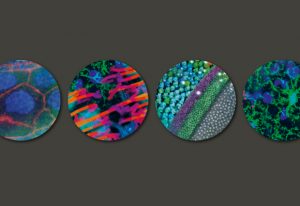
With 28 conferences and 57 courses, 2016 will be EMBL’s most eventful year to date.
CONNECTIONS
14 December 2015
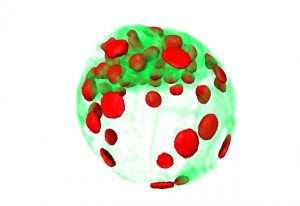
New microscope can record the first days of a mouse embryo’s life
SCIENCE & TECHNOLOGY
2015
sciencescience-technology
9 December 2015
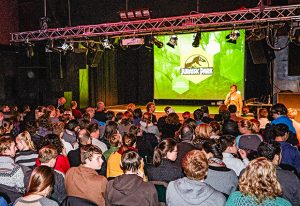
Two PhD students sink their teeth into the science and speculations of Jurassic Park.
LAB MATTERS
2 December 2015
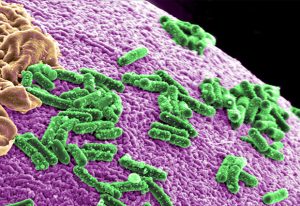
Commonly used diabetes drug metformin impacts gut bacteria more than disease itself
SCIENCE & TECHNOLOGY
2015
sciencescience-technology
30 November 2015
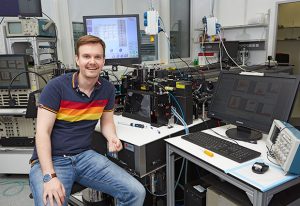
"There’s nothing nicer than seeing a user leave the facility happy"
LAB MATTERSPEOPLE & PERSPECTIVES
2015
lab-matterspeople-perspectives
25 November 2015
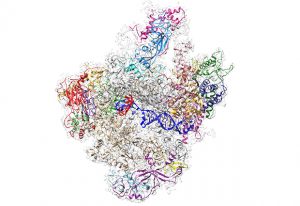
CryoEM solves 3D atomic structure of largest and most elusive RNA polymerase.
SCIENCE & TECHNOLOGY
2015
sciencescience-technology
25 November 2015
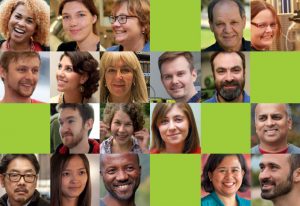
Compelling short stories that shine light on the life and work of EMBL staff.
LAB MATTERSPEOPLE & PERSPECTIVES
2015
lab-matterspeople-perspectives
25 November 2015
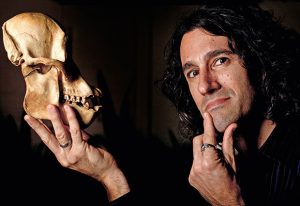
What really sets humans apart? Forming societies, teaching and compassion, says Agustin Fuentes.
PEOPLE & PERSPECTIVESSCIENCE & TECHNOLOGY
2015
people-perspectivesscience-technology
24 November 2015
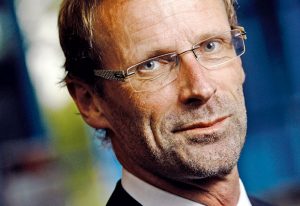
Sybrand van der Zwaag gives his five top tips for young researchers thinking about their next move.
LAB MATTERSPEOPLE & PERSPECTIVES
2015
lab-matterspeople-perspectives
19 November 2015
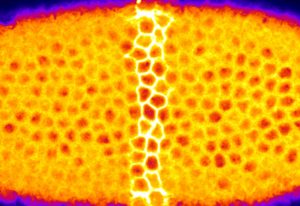
Using lasers to shed light on how tissues get into shape
SCIENCE & TECHNOLOGY
2015
sciencescience-technology
4 November 2015

Science met business and strangers became friends at the first Friends of EMBL Ladies Night.
LAB MATTERS
30 October 2015

Fibres that pull membrane to form a vesicle exert a force that’s 2500 times a yeast cell’s own weight
SCIENCE & TECHNOLOGY
2015
sciencescience-technology
9 October 2015

Spaghetti-like proteins are surprisingly effective 'keys'
SCIENCE & TECHNOLOGY
2015
sciencescience-technology
5 October 2015
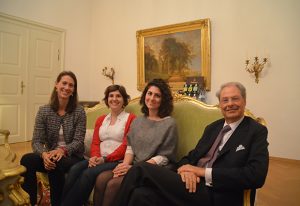
Amidst the excitement of Nobel Week, behind the scenes of the annual Lindau Nobel Laureate Meetings.
CONNECTIONSLAB MATTERS
2015
connectionslab-matters
2 October 2015
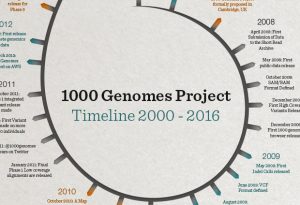
1000 Genomes Project pushed technologies and knowledge forward to understand what is 'normal' human genetic variation
SCIENCE & TECHNOLOGY
2015
sciencescience-technology
1 October 2015
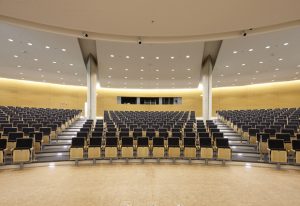
Long-time events pro Antje Seeck gives us her take on how to organise a successful conference.
PEOPLE & PERSPECTIVES
2015
eventspeople-perspectives
30 September 2015
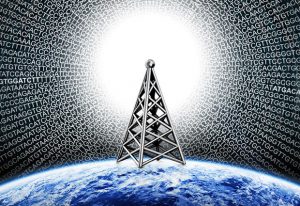
Missing a gene may not be a big deal – a conclusion from global catalogue of genetic changes.
SCIENCE & TECHNOLOGY
2015
sciencescience-technology
23 September 2015
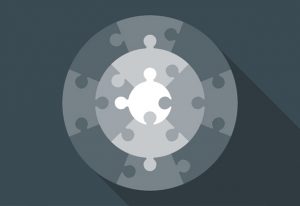
A nuclear pore riddle: how can you use the same number of pieces to form two rings that fit inside each other?
SCIENCE & TECHNOLOGY
2015
sciencescience-technology
17 September 2015
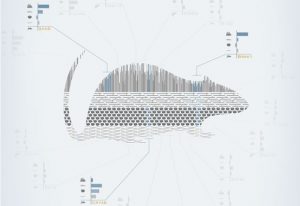
Multifaceted approach reveals how brain and liver age, helps explain why ageing brain loses plasticity.
SCIENCE & TECHNOLOGY
2015
sciencescience-technology
13 September 2015
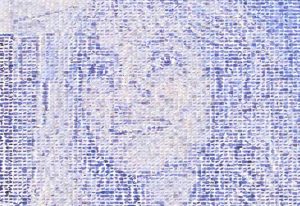
Ephrussi group alumni reunite in Heidelberg for a surprise birthday celebration.
LAB MATTERS
9 September 2015

Insights from the evangelical Vint Cerf, a “founding father of the Internet”, during a visit to EMBL.
PEOPLE & PERSPECTIVES
2015
eventspeople-perspectives
7 September 2015

“A structure alone is not so interesting, you need the biology too,” says new NMR-focused group leader
LAB MATTERSPEOPLE & PERSPECTIVES
2015
lab-matterspeople-perspectives
26 August 2015
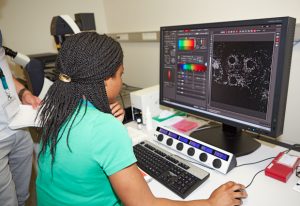
"It's like living a review!" Participants of recent super-resolution microscopy course share their highlights
CONNECTIONS
25 August 2015

Maja Köhn’s lab is ideal to learn what life is like working at the interface of disciplines.
LAB MATTERSPEOPLE & PERSPECTIVES
2015
lab-matterspeople-perspectives
24 August 2015

Theodore Alexandrov is using mathematics to analyse the countless molecules produced by our cells.
SCIENCE & TECHNOLOGY
2015
sciencescience-technology
24 August 2015
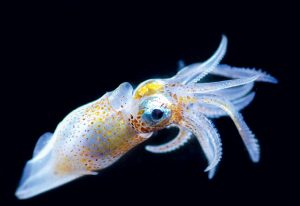
A journalist who spent six weeks aboard Tara reflects on the expedition’s extraordinary outcomes.
SCIENCE & TECHNOLOGY
2015
sciencescience-technology
20 August 2015
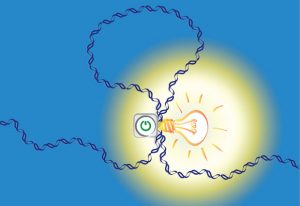
EMBL scientists map ‘switches’ for distant control of gene expression.
SCIENCE & TECHNOLOGY
2015
sciencescience-technology
20 August 2015
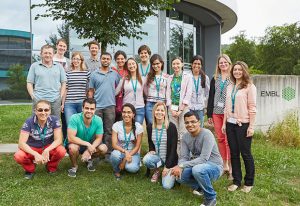
EMBL Core Facilities collaborate with French research programme Signalife to revive training visit.
CONNECTIONSLAB MATTERS
2015
connectionslab-matters
6 August 2015
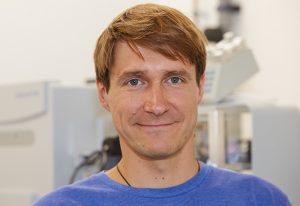
A mathematician who got ‘sucked in’ to biological problems, meet new team leader Theodore Alexandrov.
PEOPLE & PERSPECTIVES
2015
people-perspectivesscience
4 August 2015
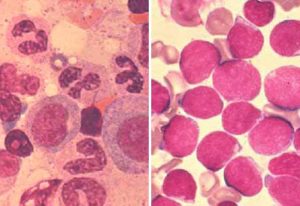
Multidisciplinary research provides clues to new treatments for deadly form of leukaemia in children
SCIENCE & TECHNOLOGY
2015
sciencescience-technology
3 August 2015
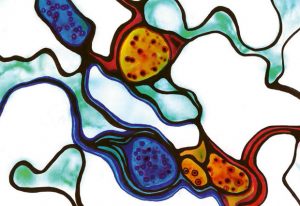
How T-cells are trained on what not to kill
SCIENCE & TECHNOLOGY
2015
sciencescience-technology
28 July 2015
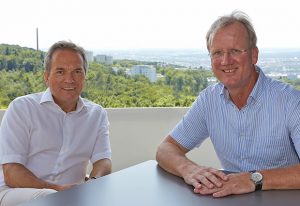
Molecular Medicine Partnership Unit (MMPU) with the University of Heidelberg, renewed until 2025.
CONNECTIONSLAB MATTERS
2015
connectionslab-matters
17 July 2015
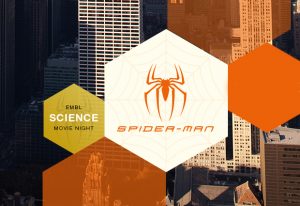
Web of lies? Science Movie Night reveals science behind the most famous spider bite in film history.
LAB MATTERS
16 July 2015
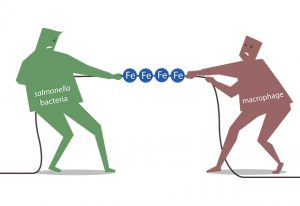
Iron regulatory proteins play important role in combatting infection, protecting against Salmonella.
SCIENCE & TECHNOLOGY
2015
sciencescience-technology
16 July 2015
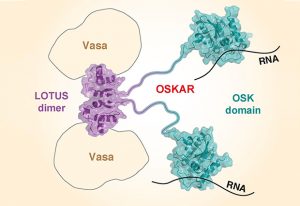
3D structure of Oskar protein gives first molecular insight into how it functions.
SCIENCE & TECHNOLOGY
2015
sciencescience-technology
13 July 2015
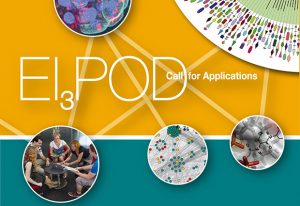
EI3POD: flagship interdisciplinary postdoc programme opens its doors to academia and industry.
EMBL ANNOUNCEMENTSLAB MATTERS
2015
embl-announcementslab-matters
10 July 2015

3D imaging unravels COPI coat of cells' transport vesicles.
SCIENCE & TECHNOLOGY
2015
sciencescience-technology
9 July 2015
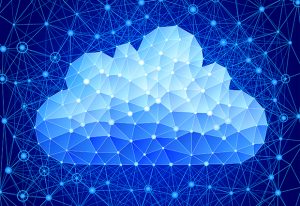
Jan Korbel and colleagues publish commentary on risks and rewards of genome cloud computing.
SCIENCE & TECHNOLOGY
2015
sciencescience-technology
3 July 2015
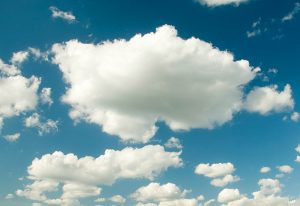
Academic community clouds take cancer research towards a brighter future.
LAB MATTERSSCIENCE & TECHNOLOGY
2015
lab-mattersscience-technology
18 June 2015
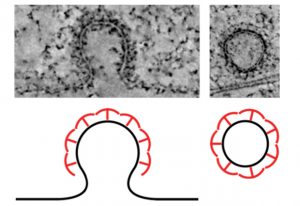
Behaviour of clathrin proteins, crucial for endocytosis, is clarified using new imaging techniques.
SCIENCE & TECHNOLOGY
2015
sciencescience-technology
15 June 2015
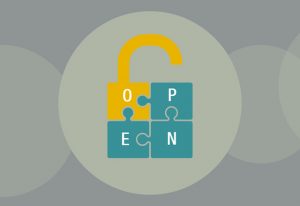
EMBL’s new open access policy aims to make EMBL research widely and freely accessible.
LAB MATTERS
15 June 2015

Cells 'dance' as they draw together during early embryo development.
SCIENCE & TECHNOLOGY
2015
sciencescience-technology
4 June 2015

Decaying RNA molecules tell a story that could add more chapters to the study of ribosomes.
SCIENCE & TECHNOLOGY
2015
sciencescience-technology
21 May 2015
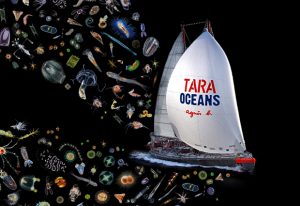
Tara Oceans results reveal climate change insights, and a treasure trove of novel species and genes.
SCIENCE & TECHNOLOGY
2015
sciencescience-technology
21 May 2015

EMBL scientists demonstrate that spatial constraints are a key factor in determining nucleus size.
SCIENCE & TECHNOLOGY
2015
sciencescience-technology
12 May 2015
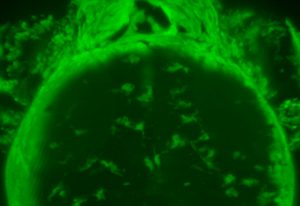
Not all embryonic macrophages are the same, and only some are destined to become microglia.
SCIENCE & TECHNOLOGY
2015
sciencescience-technology
7 May 2015
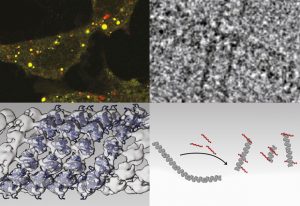
Unveiling the shape of... the 'molecular bin man' – cryoEM helps reveals p62 polymer in 3D.
SCIENCE & TECHNOLOGY
2015
sciencescience-technology
5 May 2015
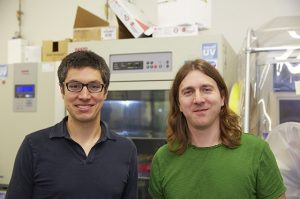
Stanford University biophysicist KC Huang on his collaboration with the Typas group in Heidelberg.
SCIENCE & TECHNOLOGY
2015
sciencescience-technology
5 May 2015
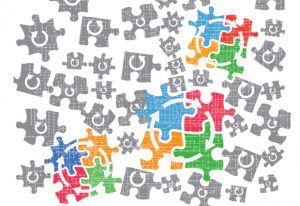
Cooperate or compete? Microbes show us that getting along is the better choice for communities.
SCIENCE & TECHNOLOGY
2015
sciencescience-technology
29 April 2015
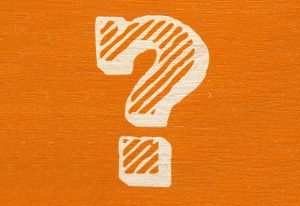
Q&A: Which analogy best describes your research?
LAB MATTERS
29 April 2015
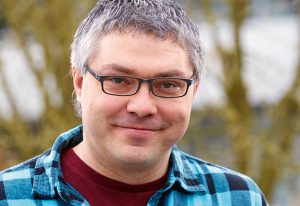
Ben Lillie takes us on a journey through the art and craft of personal narrative.
PEOPLE & PERSPECTIVES
2015
eventspeople-perspectives
29 April 2015
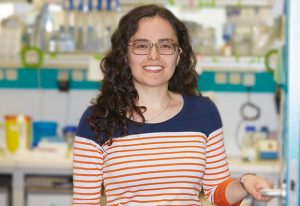
Karin Sasaki is helping bridge the gap between quantitative and life science at EMBL.
LAB MATTERS
29 April 2015
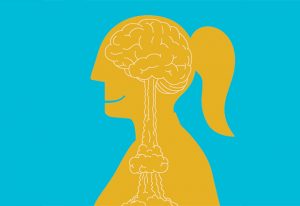
Radiocarbon studies are helping researchers shine light on how neurons stay stable yet adaptable.
SCIENCE & TECHNOLOGY
2015
sciencescience-technology
20 April 2015

Ground-breaking microscopy technique gives unprecedented insight into endocytosis.
SCIENCE & TECHNOLOGY
2015
sciencescience-technology
9 April 2015

Major EU funding for CORBEL, facilitating access to data and biological imaging facilities.
LAB MATTERS
2 April 2015
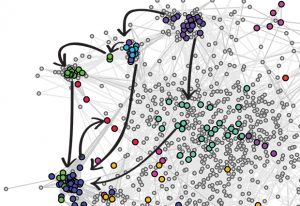
Go Team Genome! New method reveals genetic teamwork in drosophila genome.
SCIENCE & TECHNOLOGY
2015
sciencescience-technology
1 April 2015
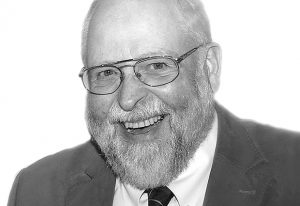
Klaus Tschira, a tireless supporter of science, education and talent, died 31 March 2015.
LAB MATTERS
25 March 2015
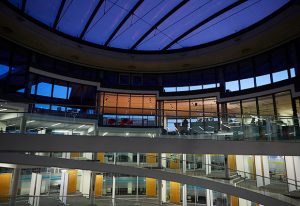
EMBL’s corporate partners zoom in on big data and bioimaging.
CONNECTIONS
16 March 2015

New fully automated technique enables scientists to chart complex protein networks in living cells.
SCIENCE & TECHNOLOGY
2015
sciencescience-technology
4 March 2015
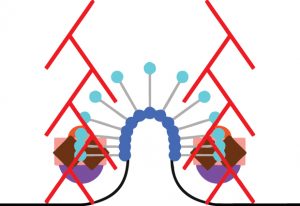
Combining three different kinds of microscopy to determine how molecules move during endocytosis.
SCIENCE & TECHNOLOGY
2015
sciencescience-technology
25 February 2015

How strong does a spindle need to be? Videos put cell’s chromosome-separating machinery to the test
SCIENCE & TECHNOLOGY
2015
sciencescience-technology
6 February 2015
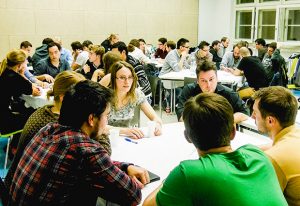
Tried and tested do's and don'ts of crowdsource writing.
SCIENCE & TECHNOLOGY
2015
sciencescience-technology
6 February 2015
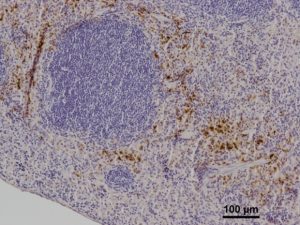
New way mice starve pathogens raises alternative approach to treatments for anaemia of chronic disease
SCIENCE & TECHNOLOGY
2015
sciencescience-technology
4 February 2015
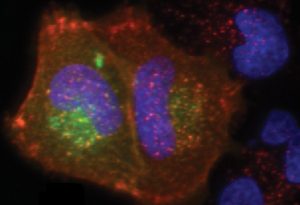
New microscopy-based method goes beyond gene sequencing, pinpointing the cause of disease.
SCIENCE & TECHNOLOGY
2015
sciencescience-technology
28 January 2015
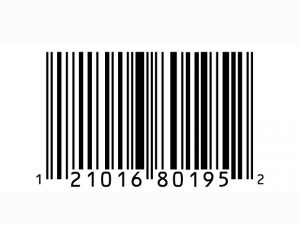
New Bar-ChIP method makes it easier to search for epigenetic marks in many samples at once
SCIENCE & TECHNOLOGY
2015
sciencescience-technology
26 January 2015
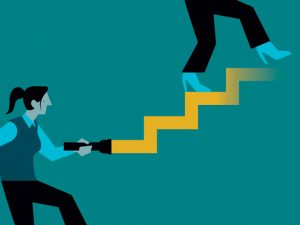
From using light to control brain activity to illuminating fruit fly development and mice’s sense of touch
SCIENCE & TECHNOLOGY
2015
sciencescience-technology
23 January 2015
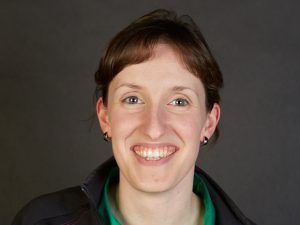
PhD student Silvia Rohr on studying eyes – and talking about it for a general audience.
LAB MATTERS
23 January 2015
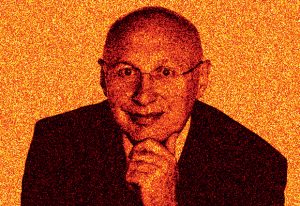
Alumnus Stefan Hell on his 2014 Nobel Prize for Chemistry
LAB MATTERS
18 December 2014

How do E.coli and similar bacteria grow safely? By using barrel-plugs as sensors.
SCIENCE & TECHNOLOGY
2014
sciencescience-technology
18 December 2014

Compound that can restore the function of poorly working mitochondria, with therapeutic potential.
SCIENCE & TECHNOLOGY
2014
sciencescience-technology
5 December 2014

Employee number 47 retires, leaving behind a legacy that intricately linked her life with EMBL.
LAB MATTERS
19 November 2014

Get a flavour of the 15th EMBL|EMBO Science and Society Conference from alumnus Freddy Frischknecht.
LAB MATTERS
19 November 2014
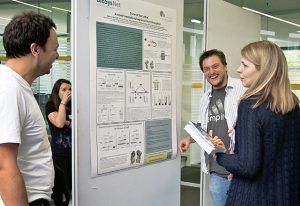
Alumnus Jan Medenbach harnesses the shared experience of peers (and pioneers) at EMBL event.
LAB MATTERS
19 November 2014
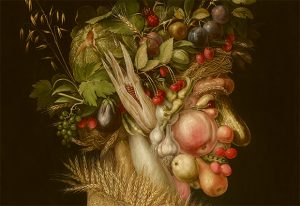
Appetite to ZzZzZzZ… bite-sized highlights from this year’s Science and Society conference.
SCIENCE & TECHNOLOGY
2014
eventsscience-technology
18 November 2014
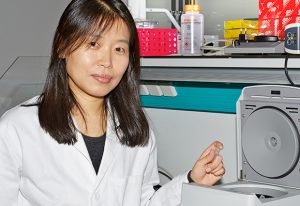
The important thing is forming good biological questions, says new group leader in Genome Biology.
PEOPLE & PERSPECTIVES
2014
people-perspectivesscience
17 November 2014
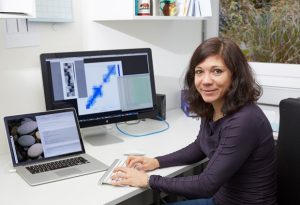
Whether it’s information or people, the art of connecting is key to new group leader Judith Zaugg
PEOPLE & PERSPECTIVES
2014
people-perspectivesscience
14 November 2014
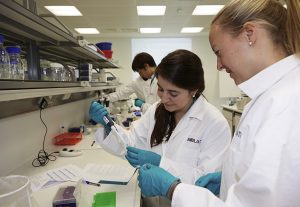
First series of training courses jointly organised by EMBL and Illumina is a resounding success.
CONNECTIONS
11 November 2014
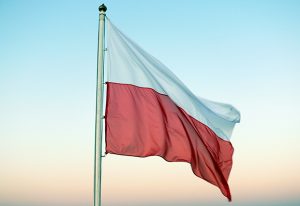
Alumna Anna Bartosik shares insights and hopes for EMBL's newest prospect member state, Poland.
LAB MATTERS
3 November 2014
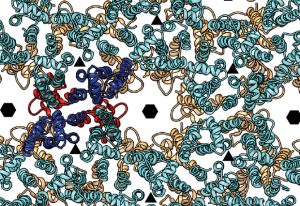
Unprecedented detail on HIV structure continues virus’ string of surprises.
SCIENCE & TECHNOLOGY
2014
sciencescience-technology
27 October 2014
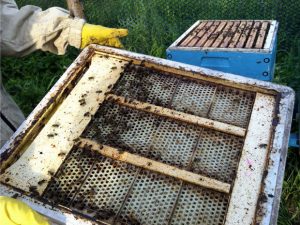
How the author of a prize-winning project on bee travel ended up at a stem cells and cancer conference
LAB MATTERS
23 October 2014
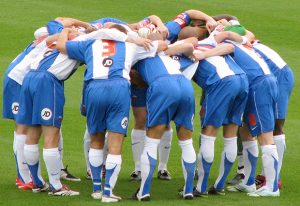
Like sports teams, cells can huddle to communicate in secret and organise group behaviour
SCIENCE & TECHNOLOGY
2014
sciencescience-technology
20 October 2014
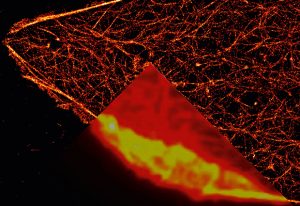
How Nobel-winning work by alumnus Stefan Hell shapes and inspires current EMBL scientists' research.
SCIENCE & TECHNOLOGY
2014
sciencescience-technology
17 October 2014
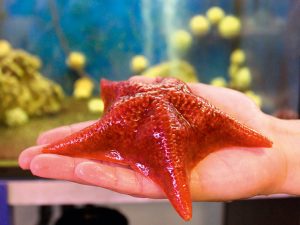
From anemones to starfish, sea creatures are helping understand development, evolution and more.
SCIENCE & TECHNOLOGY
2014
sciencescience-technology
17 October 2014
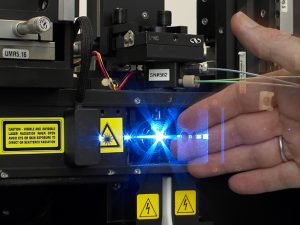
Flow cytometry: finding needles in haystacks
SCIENCE & TECHNOLOGY
2014
sciencescience-technology
17 October 2014

EMBL scientists regularly receive prestigious awards - meet the latest honourees
LAB MATTERS
17 October 2014
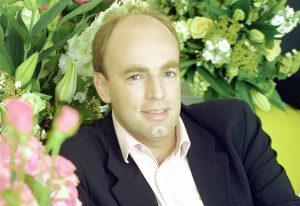
Charles Spence invites you to taste the difference.
PEOPLE & PERSPECTIVES
2014
eventspeople-perspectives
17 October 2014
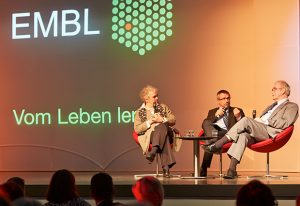
German Science Minister and other honoured guests celebrate 40 years of ‘Learning from life’.
LAB MATTERS
17 October 2014
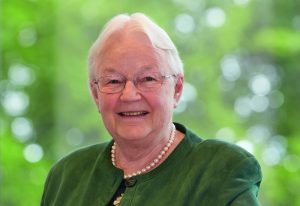
EMBL Alumna Frieda Glöckner looks back more than four decades to where it all began.
LAB MATTERS
25 September 2014
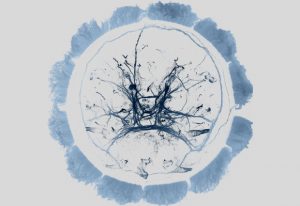
How plankton gets jet lagged: the same hormone governs our sleep patterns and a daily marine migration.
SCIENCE & TECHNOLOGY
2014
sciencescience-technology
15 September 2014

Stephen Fuller, from 1981–2000 an EMBL postdoc, group leader then Head of Unit, died on 25 August.
PEOPLE & PERSPECTIVES
2014
alumnipeople-perspectives
12 September 2014
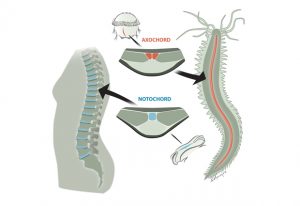
Evolutionary surprise: notochord likely evolved from muscle, earlier than assumed.
SCIENCE & TECHNOLOGY
2014
sciencescience-technology
8 September 2014

Andrew D Robertson, scientific coordinator of EICAT between 2011–12, died on 14 August 2014.
LAB MATTERS
5 September 2014
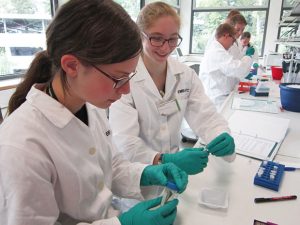
Tschira-Jugendakademie pupils get hands-on during day of DNA barcoding
LAB MATTERS
21 August 2014

PhD Symposium poster reveals how a cell’s inner workings serve as both inspiration and toolkit.
LAB MATTERS
20 August 2014
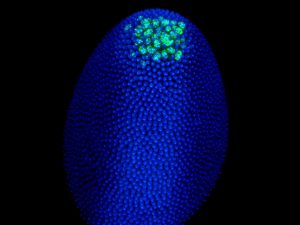
Vasa protein preserves pieces of 'enemy' DNA to help protect the genes of future generations.
SCIENCE & TECHNOLOGY
2014
sciencescience-technology
6 August 2014

A rare form of an iron overload disorder kills pancreatic function, Heidelberg scientists find
SCIENCE & TECHNOLOGY
2014
sciencescience-technology
6 August 2014
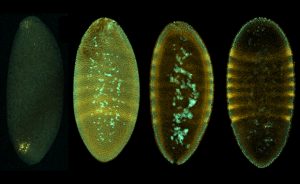
How fruit flies beat the cold, plus the value of precisely controlled experiments and detailed analysis
SCIENCE & TECHNOLOGY
2014
sciencescience-technology
4 August 2014
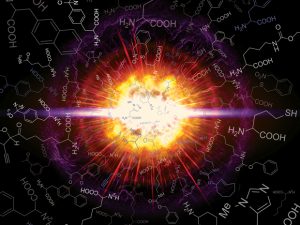
Edward Lemke edits special issue of ChemBioChem on boom of technology for genetic code expansion
SCIENCE & TECHNOLOGY
2014
sciencescience-technology
1 August 2014
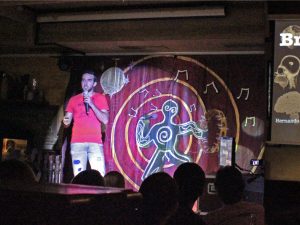
EMBL students successfully take science to the pub
CONNECTIONS
31 July 2014
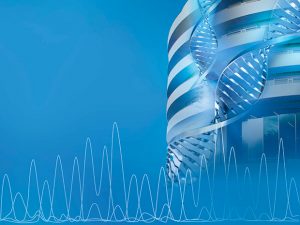
"Thank you, EMBL, for changing my life" – reunion celebrates great science and great scientists
LAB MATTERS
17 July 2014
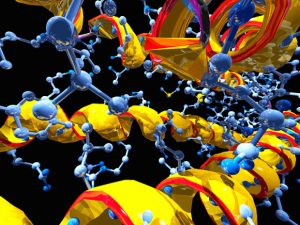
Cell biologists "underestimate the complexity" of protein interactions, says Toby Gibson.
SCIENCE & TECHNOLOGY
2014
sciencescience-technology
15 July 2014
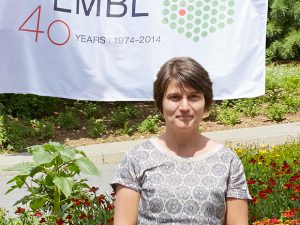
Czech delegate Jana Bystřická represents EMBL's 21st member state at her first Council Meeting.
LAB MATTERS
10 July 2014
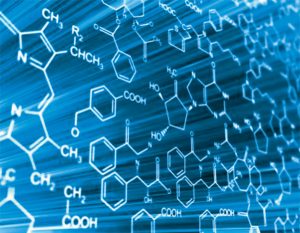
Embed chemists in biology departments, asking their own biological questions, says Carsten Schultz
SCIENCE & TECHNOLOGY
2014
sciencescience-technology
10 July 2014
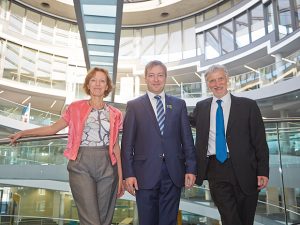
Anniversary reflections on connections between scientific and political interests.
CONNECTIONS
2 July 2014
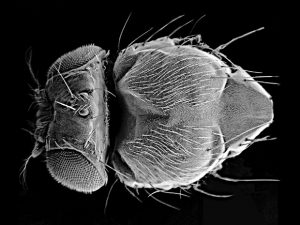
Surprising finding: enhancers find their targets long before activation in Drosophila embryos
SCIENCE & TECHNOLOGY
2014
sciencescience-technology
1 July 2014
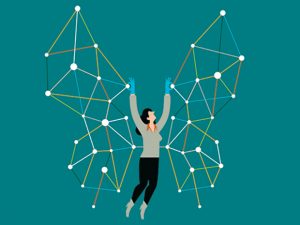
As the Lab turns 40, staff and alumni share 40 things that make EMBL, EMBL
LAB MATTERS
1 July 2014

School ambassadors show next generation that scientists are more ‘role model’ than ‘mad professor’
LAB MATTERS
1 July 2014
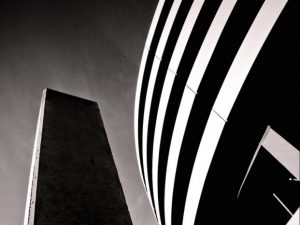
To photographer Horst Hamann, it's the people, not the science, that make EMBL unique
LAB MATTERS
1 July 2014
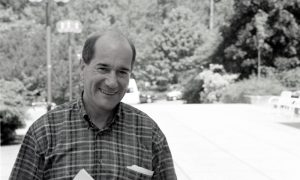
Christian Boulin, EMBL’s Director of Core Facilities and Services, died on 27 April 2014
LAB MATTERS
1 July 2014

What might life alien life look like? Lewis Dartnell studies extreme bacteria to find out
LAB MATTERS
1 July 2014
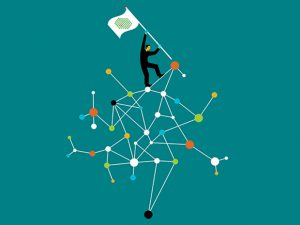
As the Lab turns 40, staff and alumni share 40 things that make EMBL, EMBL
LAB MATTERS
1 July 2014

Scientists from EMBL's five sites reflect on the opportunities and challenges that might lie ahead
LAB MATTERS
1 July 2014

Which scientific breakthroughs would EMBL scientists most like to see in the next 40 years?
LAB MATTERS
25 June 2014

Enabling neighbours: intact genes can cause cancer when placed near "enhancing" regions of DNA
SCIENCE & TECHNOLOGY
2014
sciencescience-technology
16 June 2014

Teaming up in Ireland to address big challenges in biology
CONNECTIONS
5 June 2014
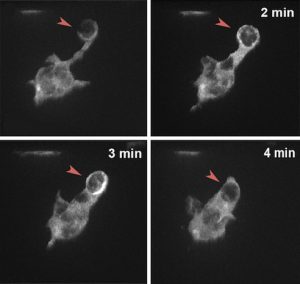
A kaleidoscope of molecules is needed to clean up dead brain cells, and failure can have disastrous consequences
SCIENCE & TECHNOLOGY
2014
sciencescience-technology
25 May 2014
How a DNA stretch influences face formation and contributes to common congenital malformations
SCIENCE & TECHNOLOGY
2014
sciencescience-technology
18 May 2014

High-resolution structure reveals crucial interactions for HIV maturation
SCIENCE & TECHNOLOGY
2014
sciencescience-technology
18 May 2014
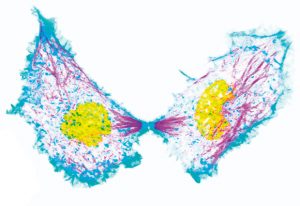
DNA-coralling protein complex in an unexpected bind
SCIENCE & TECHNOLOGY
2014
sciencescience-technology
8 May 2014
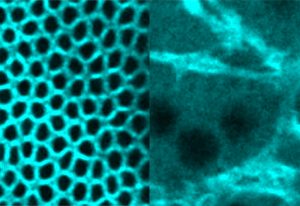
The balance behind membrane changes that turn one cell into 6000 as a fruit fly embryo develops
SCIENCE & TECHNOLOGY
2014
sciencescience-technology
3 August 2012
Scientists at the European Molecular Biology Laboratory (EMBL) in Heidelberg, Germany, have combined the power of two kinds of microscope to produce a 3-dimensional movie of how cells ‘swallow’ nutrients and other molecules by engulfing them. The study, published today in Cell, is the…
2012
sciencetechnology-and-innovation
24 May 2012
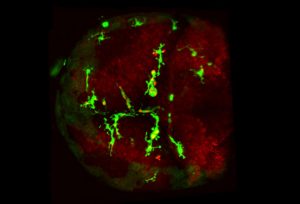
Like emergency workers rushing to a disaster scene, cells called microglia speed to places where the brain has been injured, to contain the damage by ‘eating up’ any cellular debris and dead or dying neurons. Scientists at the European Molecular Biology Laboratory (EMBL) in Heidelberg, Germany,…
SCIENCE & TECHNOLOGY
2012
sciencescience-technology
14 September 2011
Today marks an important step for ELIXIR, Europe’s emerging research infrastructure for life-science information, as five countries plus the European Molecular Biology Laboratory (EMBL) have signed a Memorandum of Understanding to catalyse the implementation and construction of ELIXIR. The…
LAB MATTERS
9 March 2010
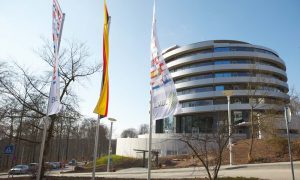
Today, the German Minister for Education and Research, Annette Schavan, officially opens the new training and conference centre for the life sciences on the campus of the European Molecular Biology Laboratory (EMBL) in Heidelberg. “This new centre in Heidelberg will form a central European…
LAB MATTERS
30 September 2009
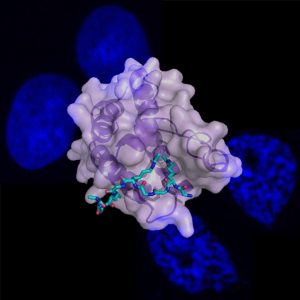
In the quest for speed, olympic swimmers shave themselves or squeeze into high-tech super-suits. In the body, sperm are the only cells that swim and, as speed is crucial to fertility, have developed their own ways to become exceptionally streamlined. Scientists at the European Molecular Biology…
SCIENCE & TECHNOLOGY
2009
sciencescience-technology
23 April 2009
It can be found in all life forms, and serves a multitude of purposes, from energy storage to stress response to bone calcification. This molecular jack-of-all trades is polyphosphate, a long chain of phosphate molecules. Researchers at the European Molecular Biology Laboratory (EMBL) in…
SCIENCE & TECHNOLOGY
2009
sciencescience-technology
No results found







































































































































































































































































































































































































































































































































